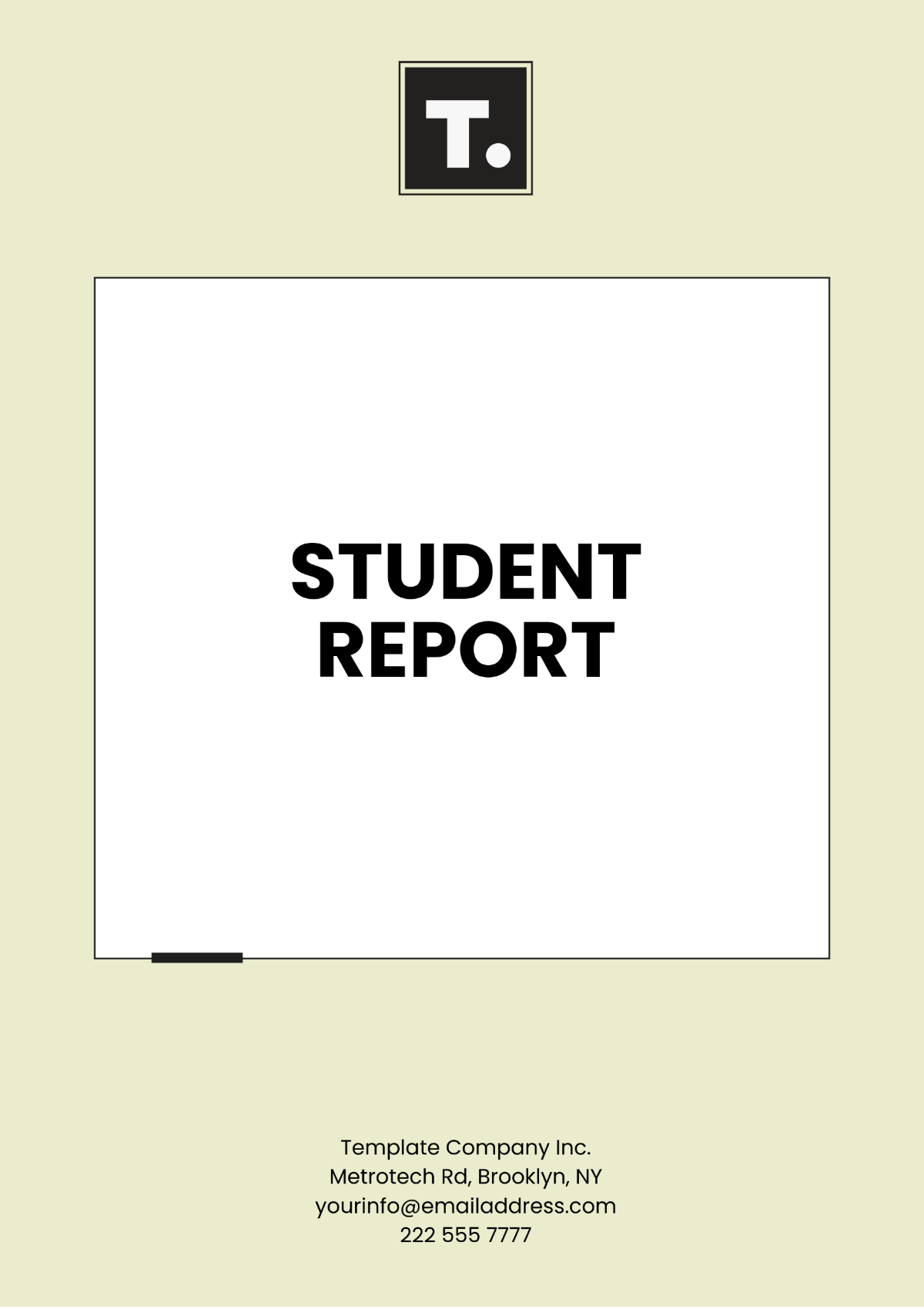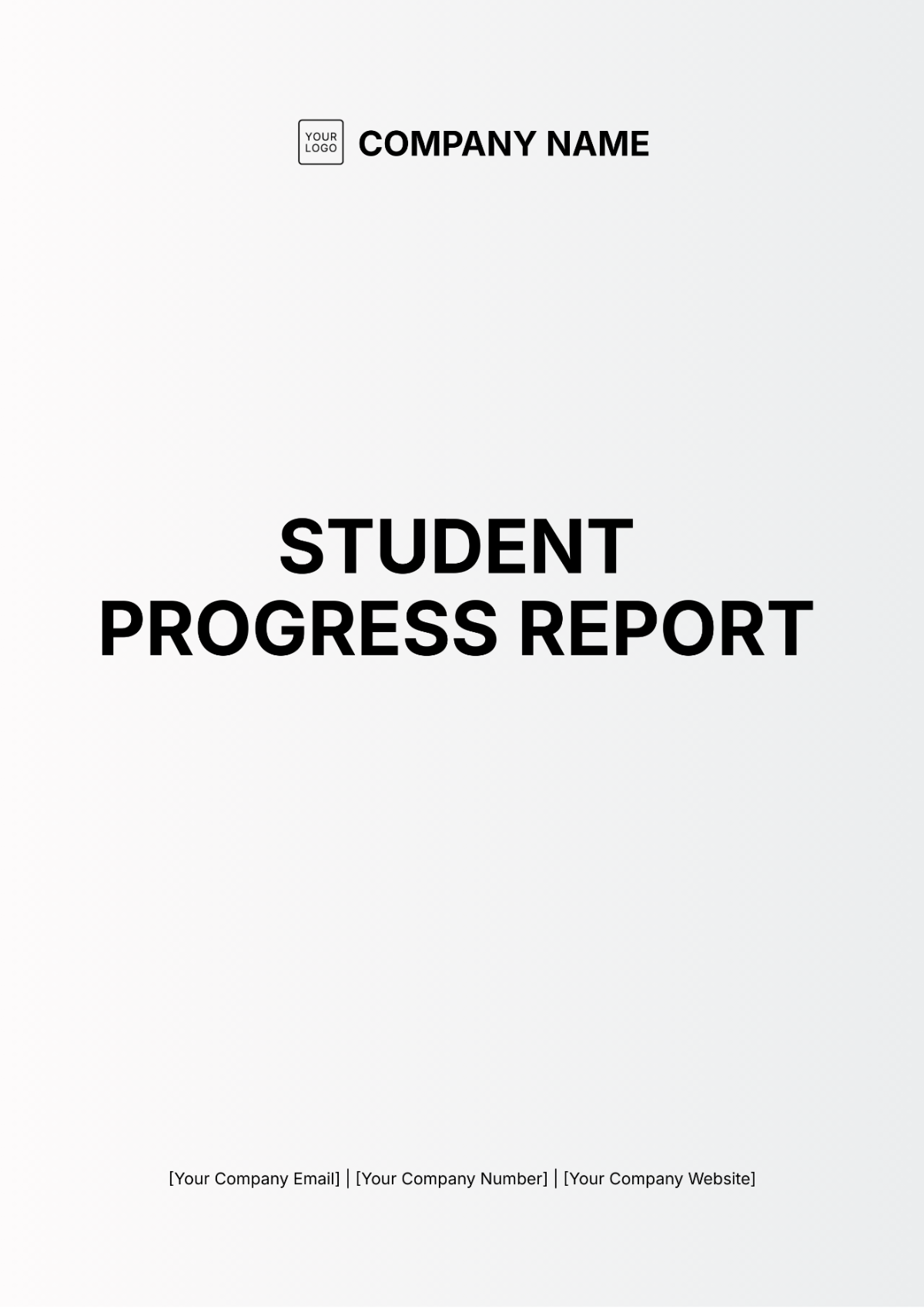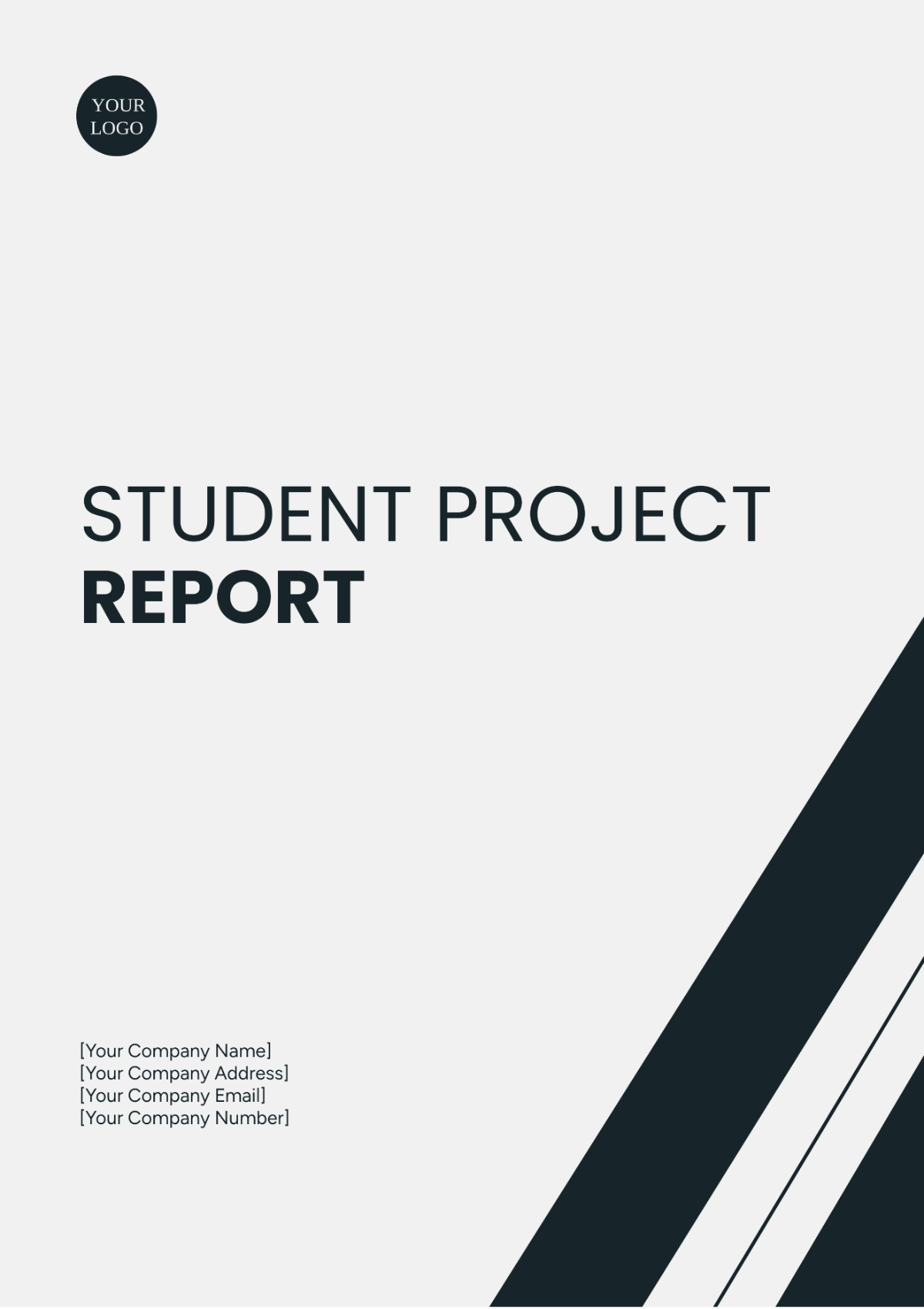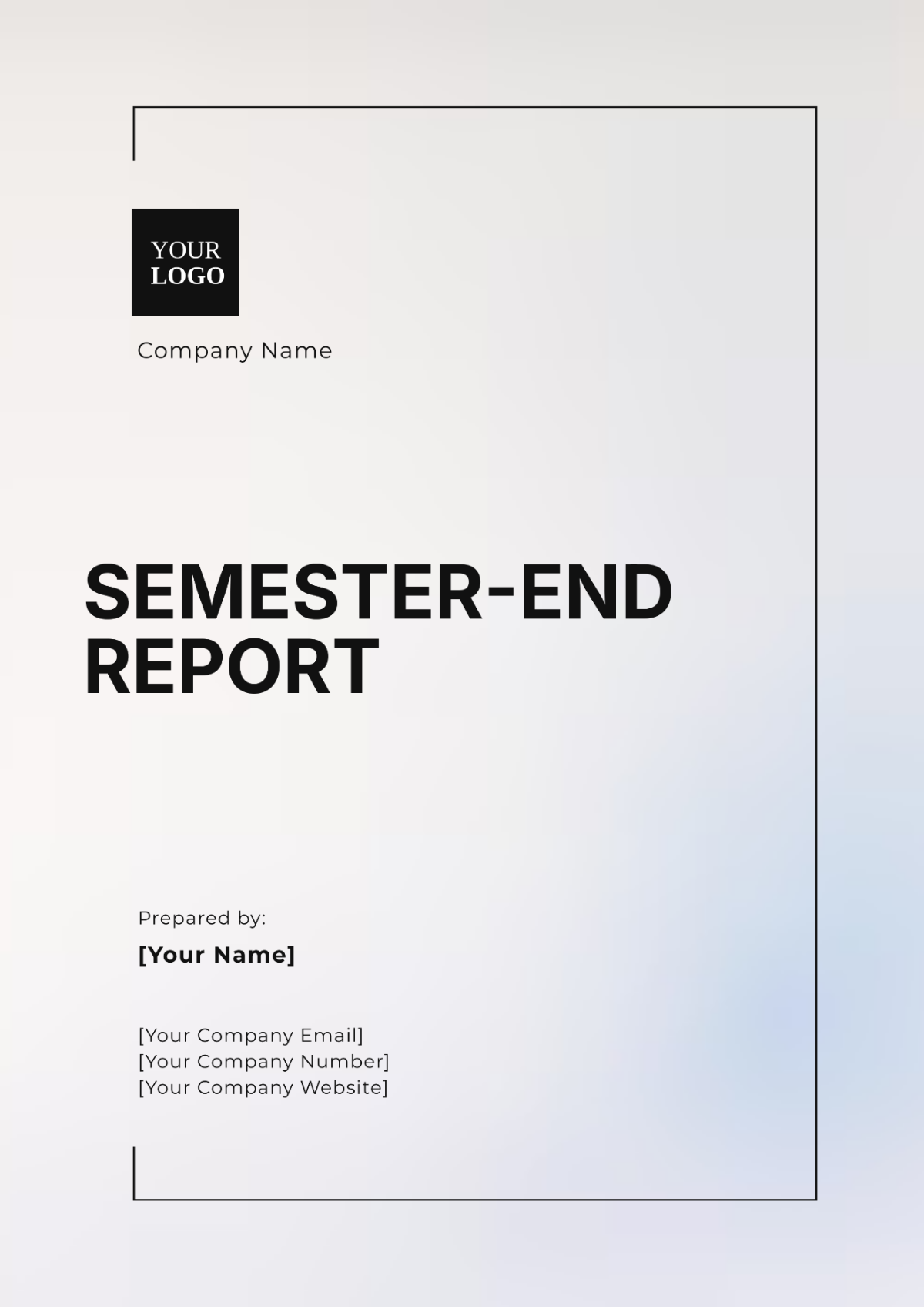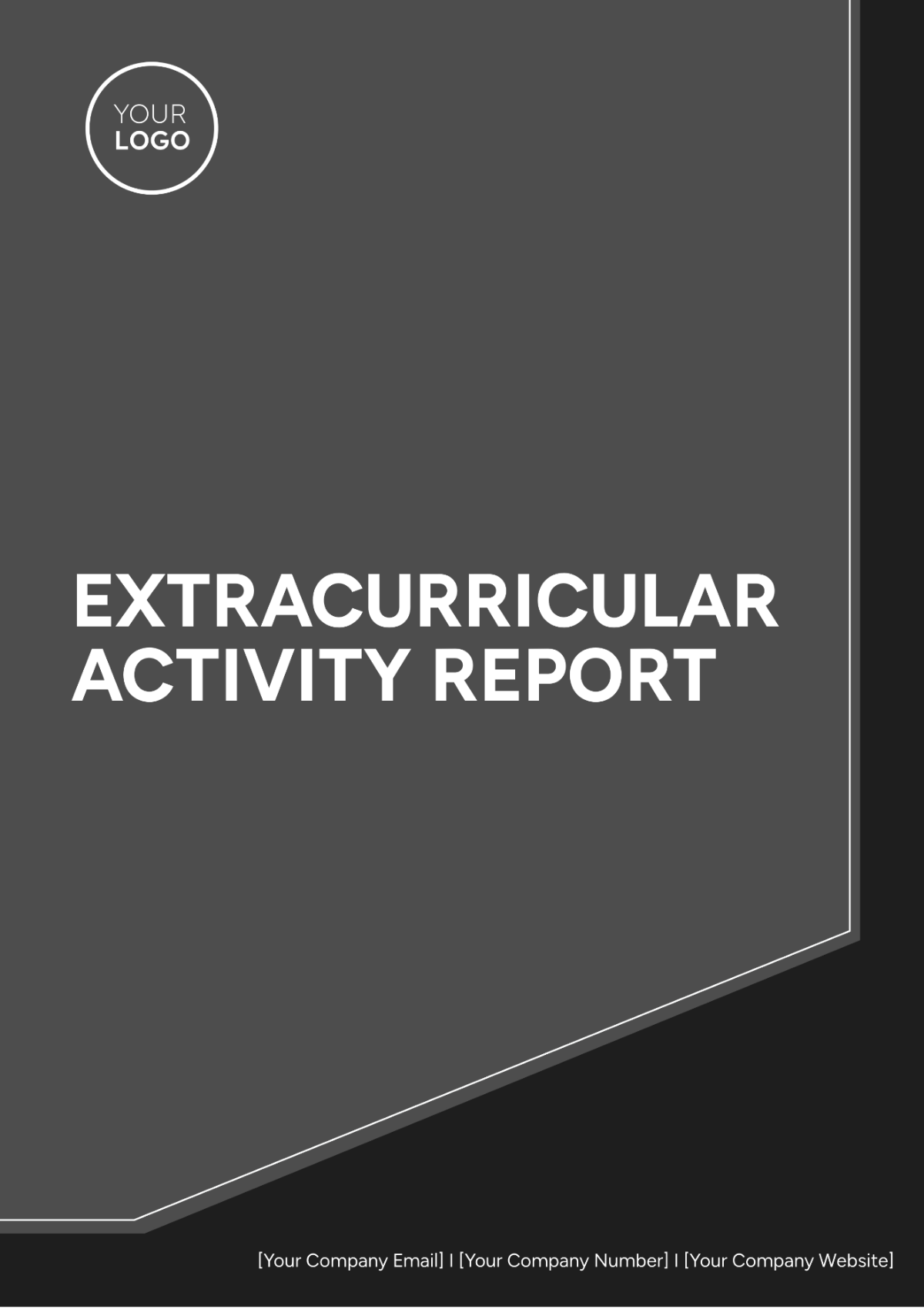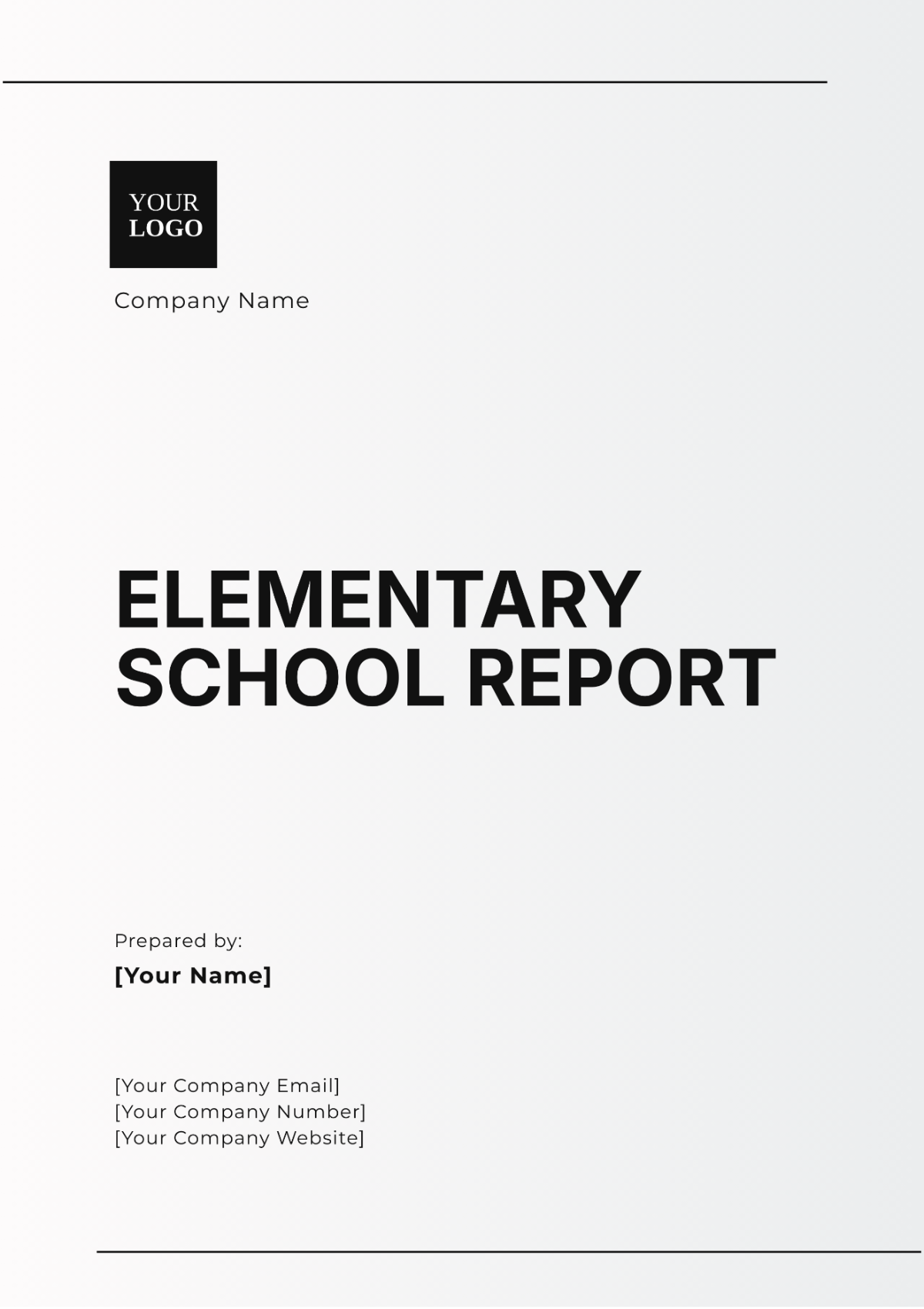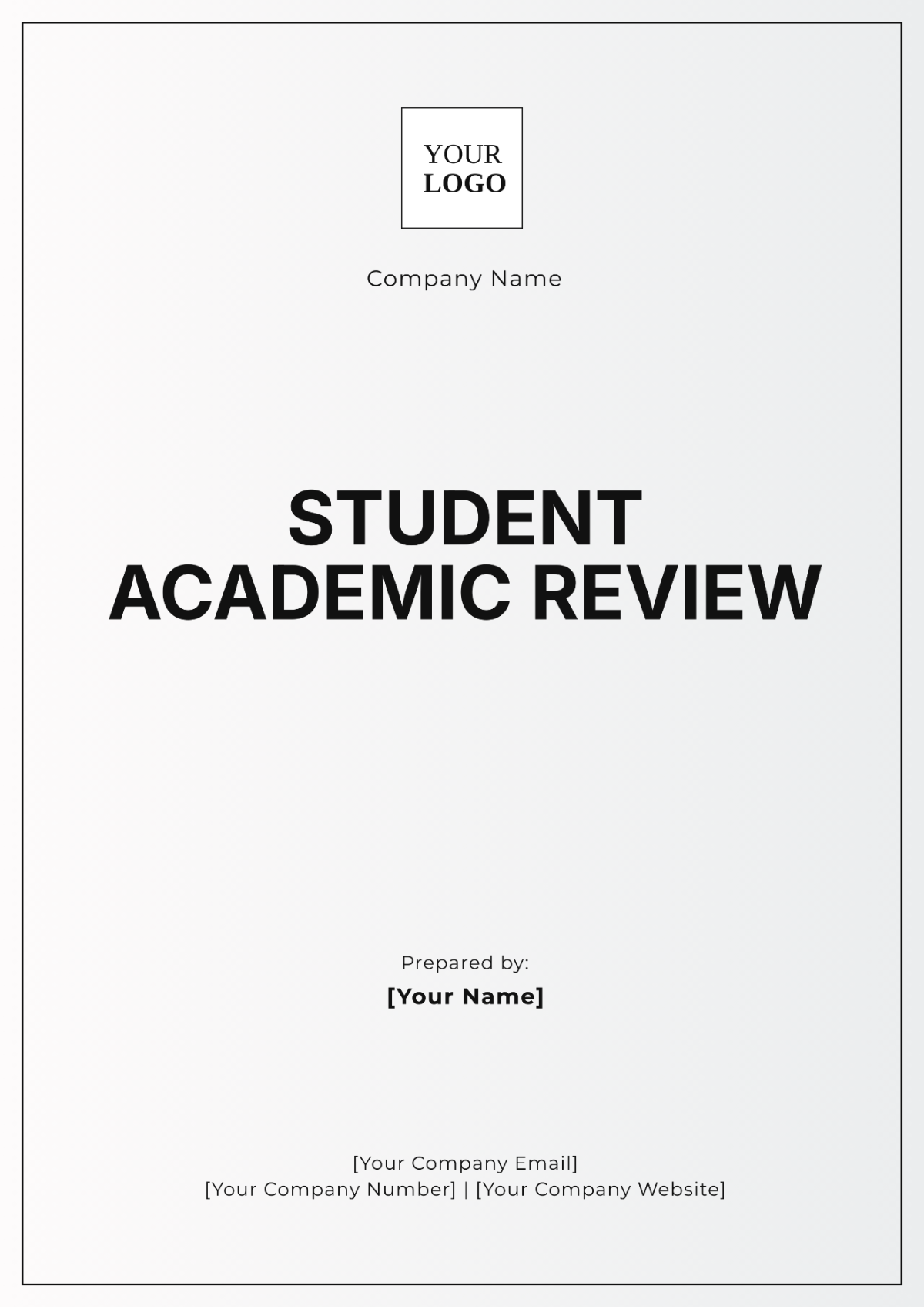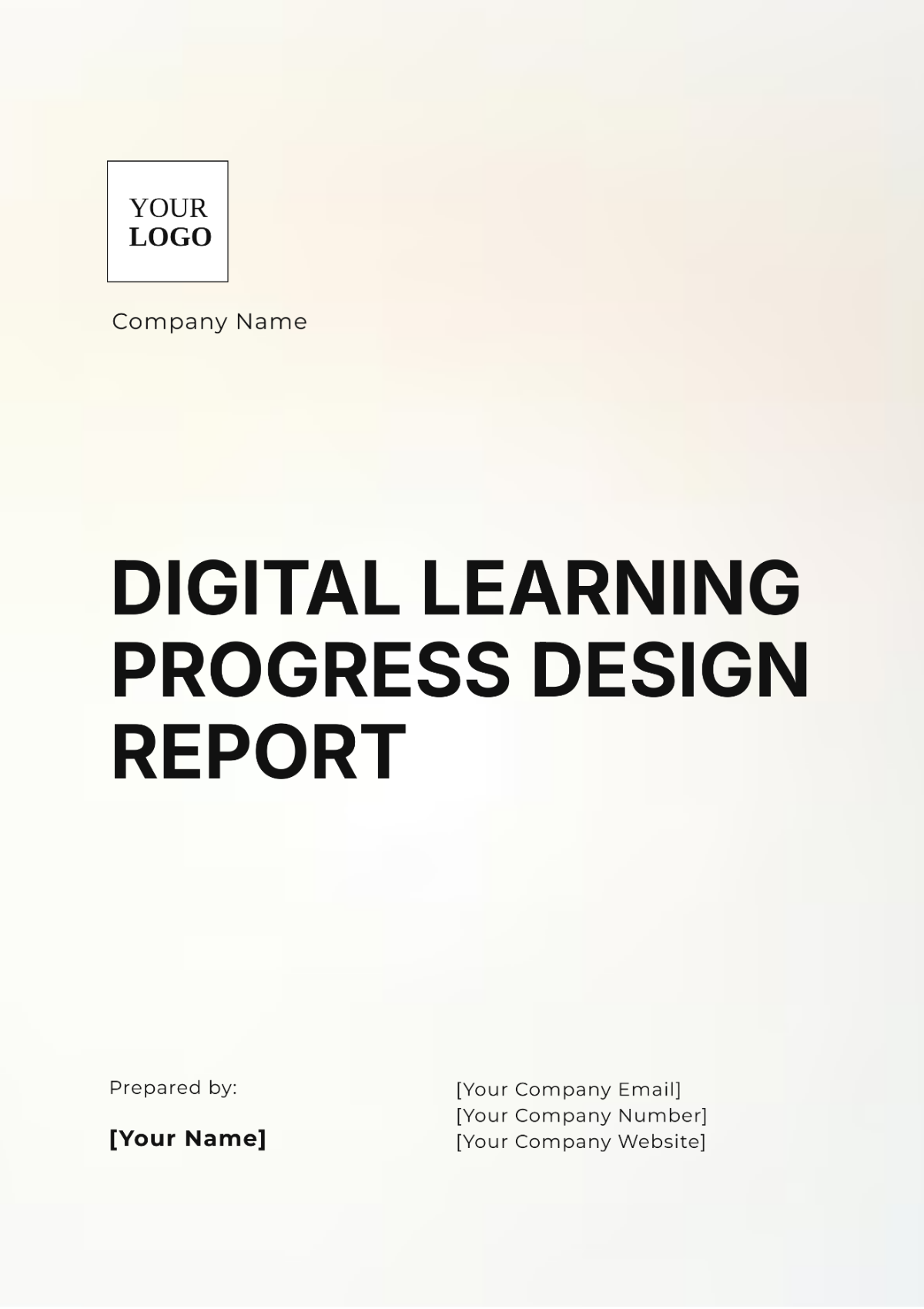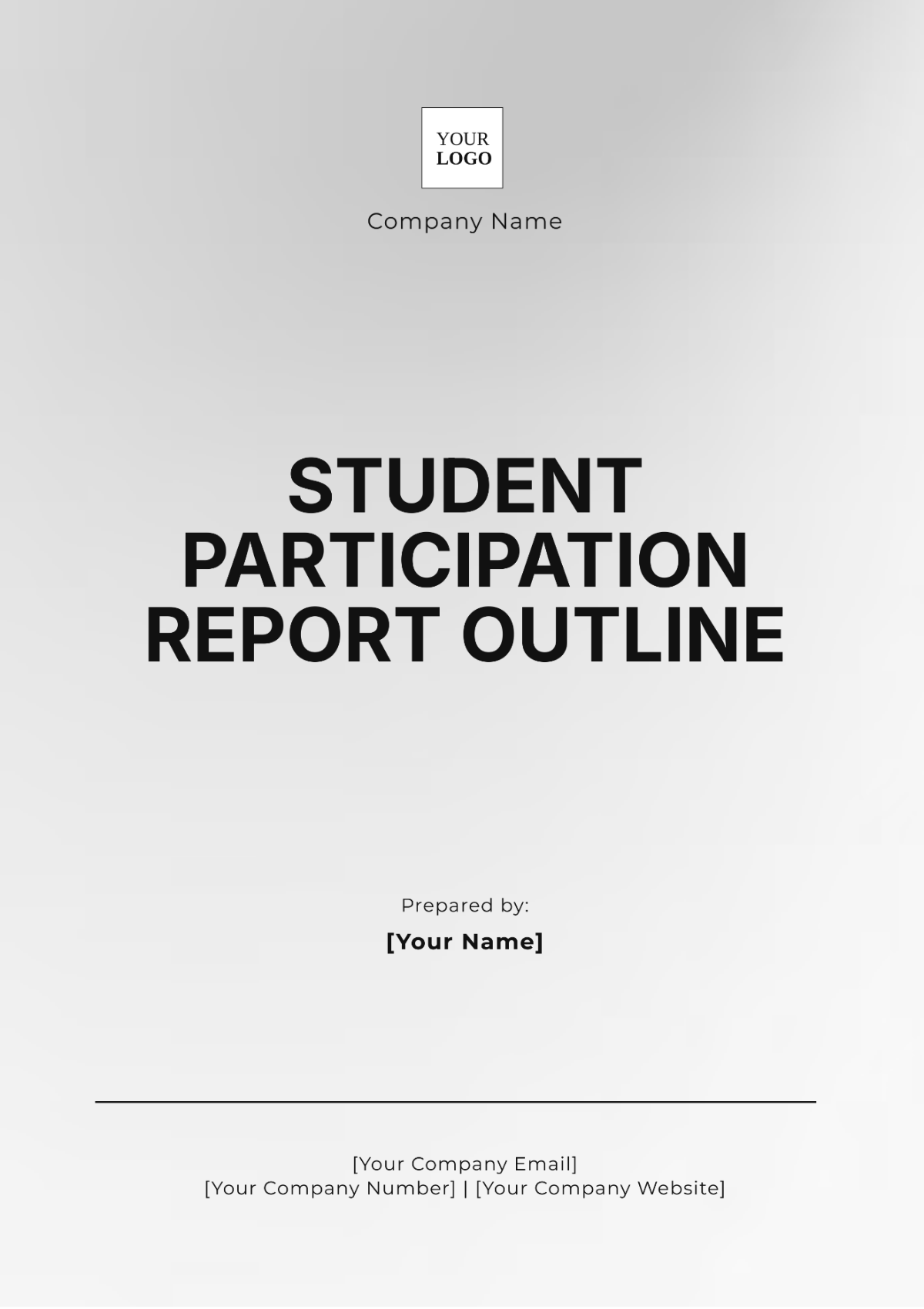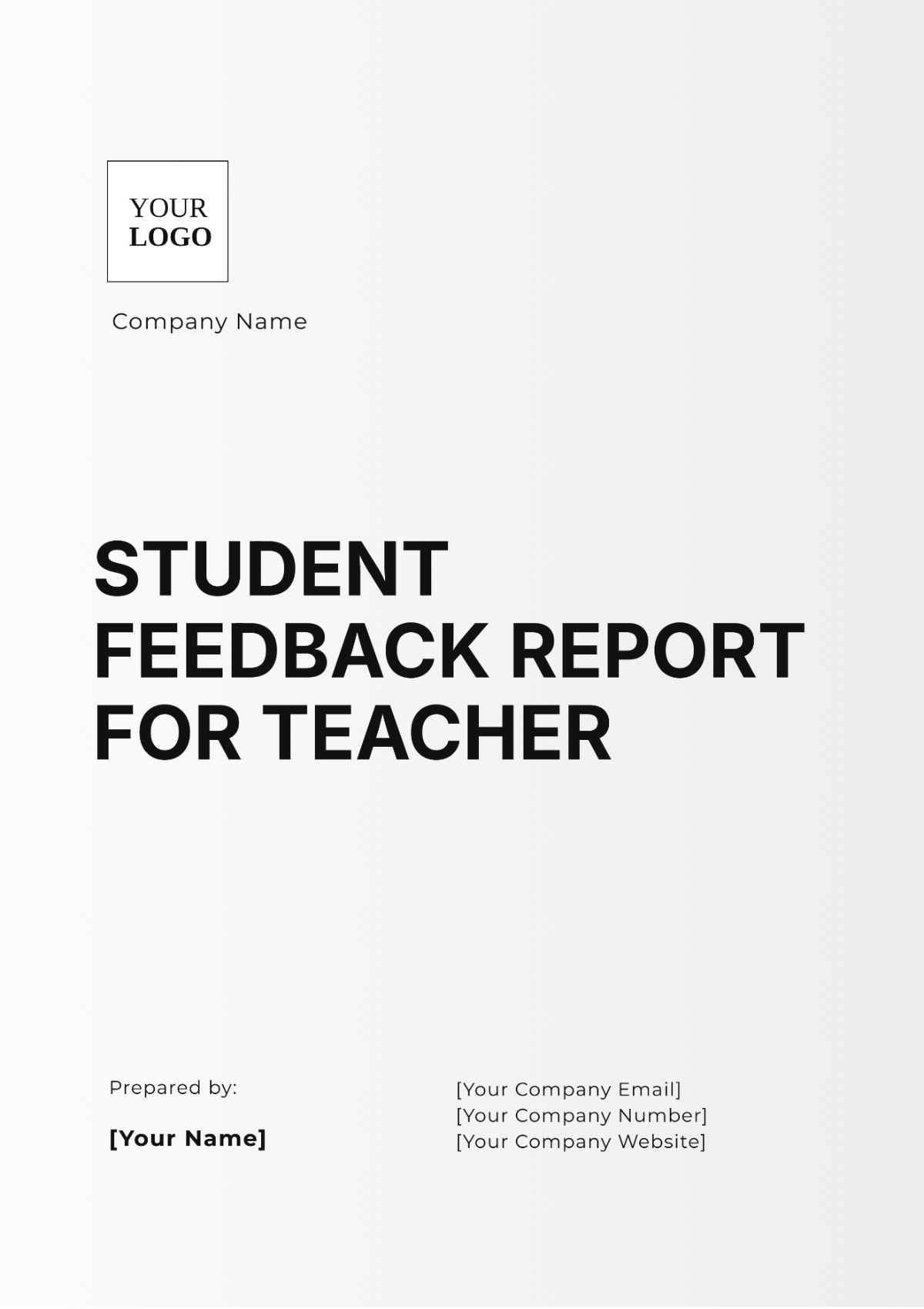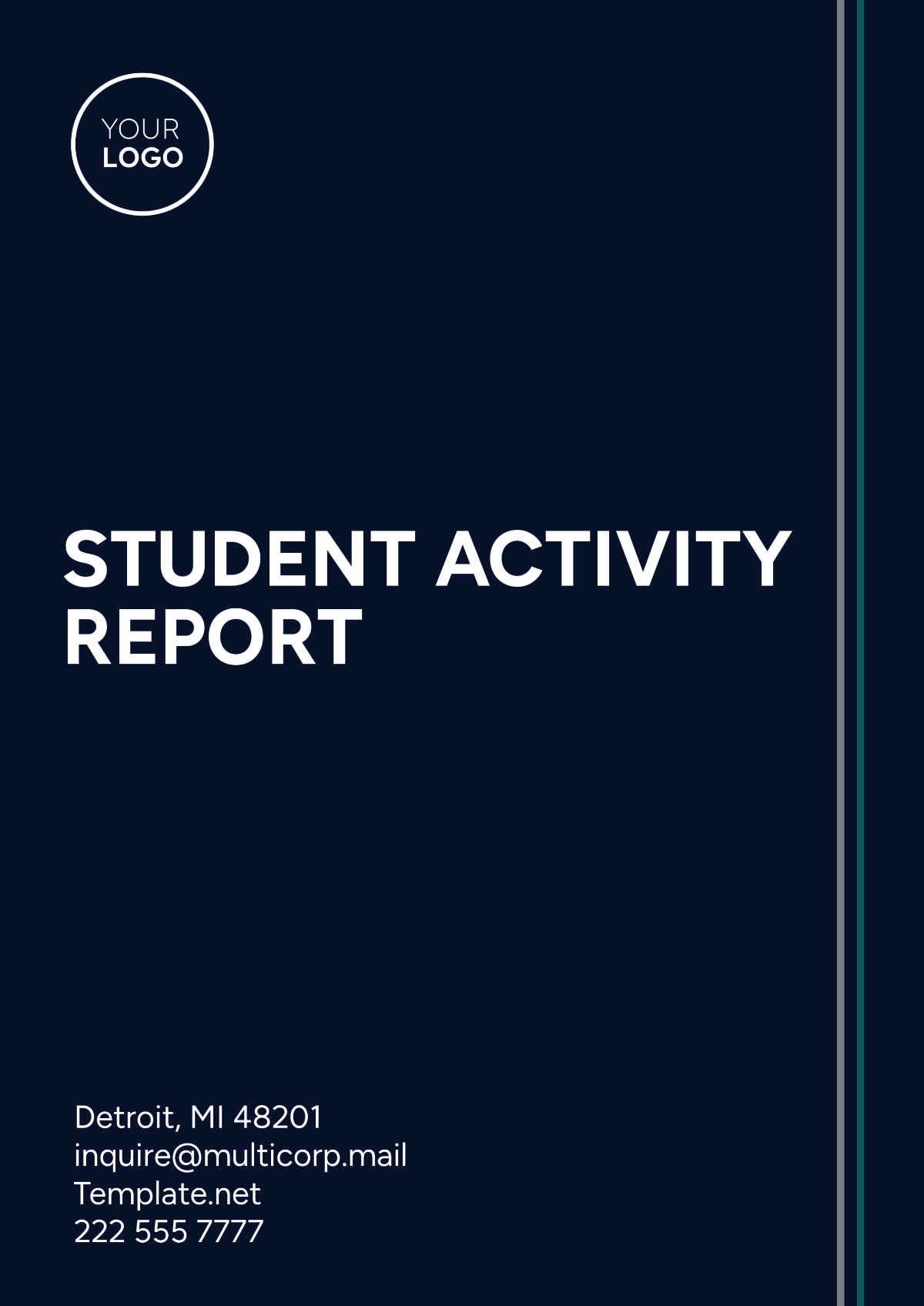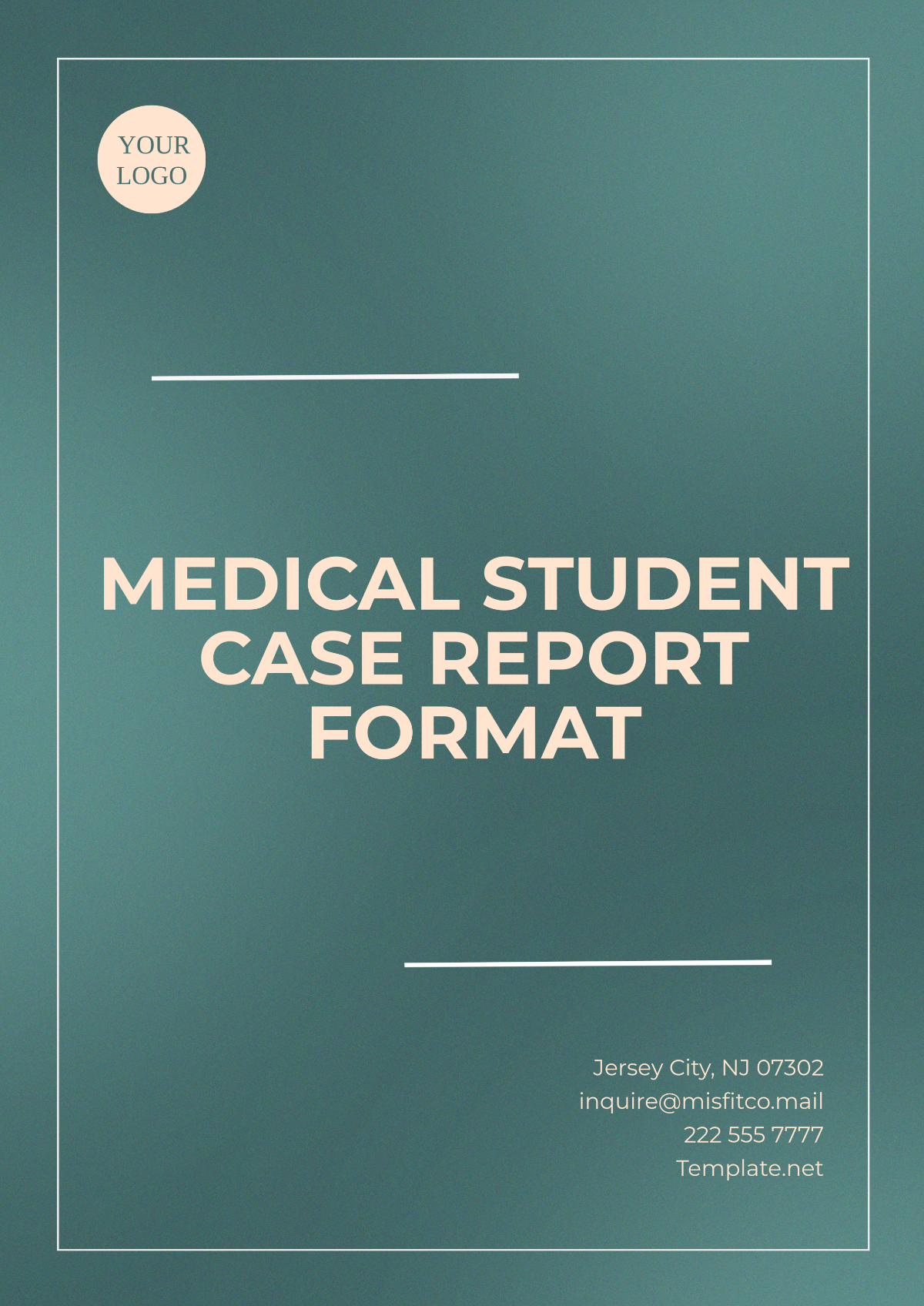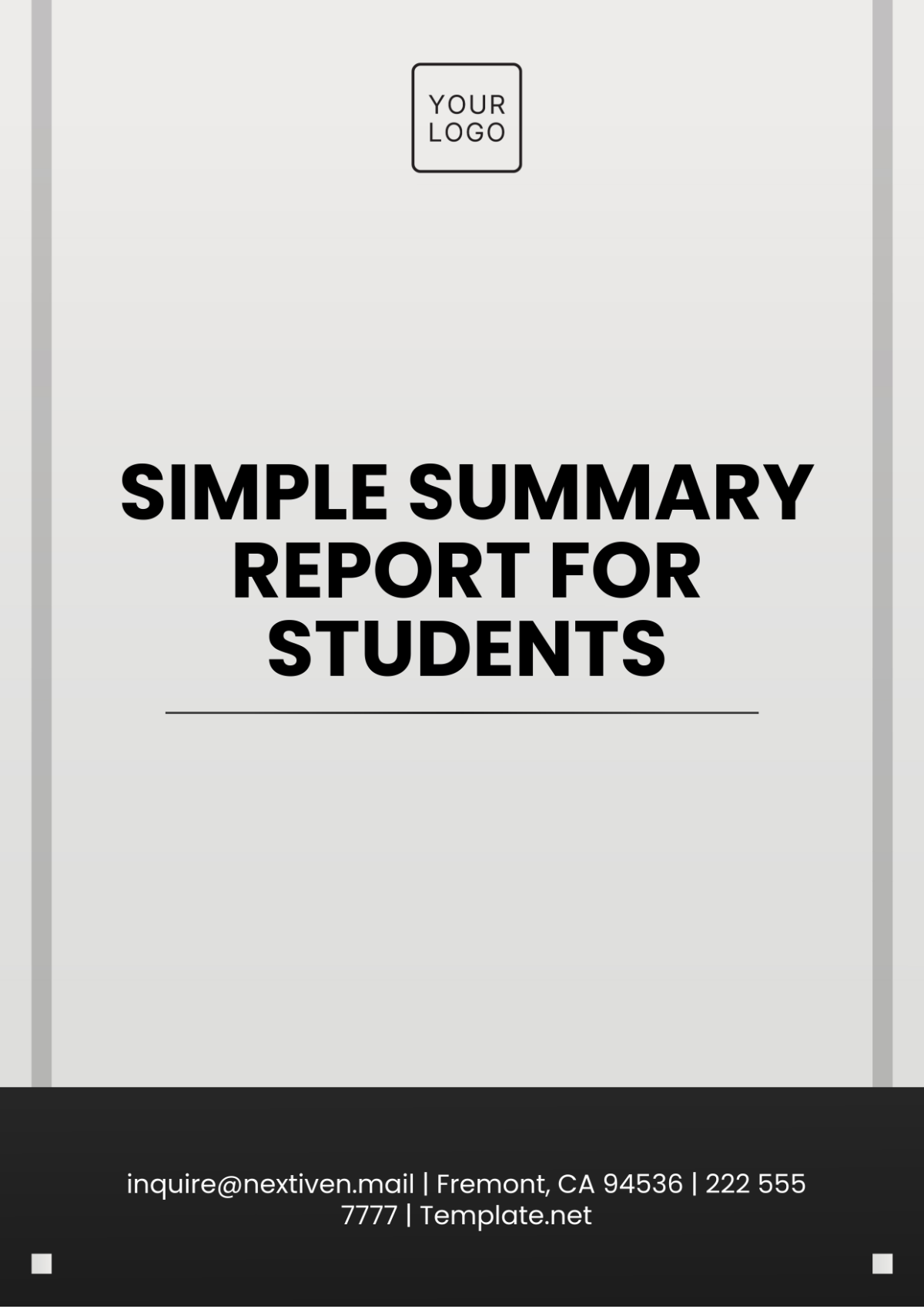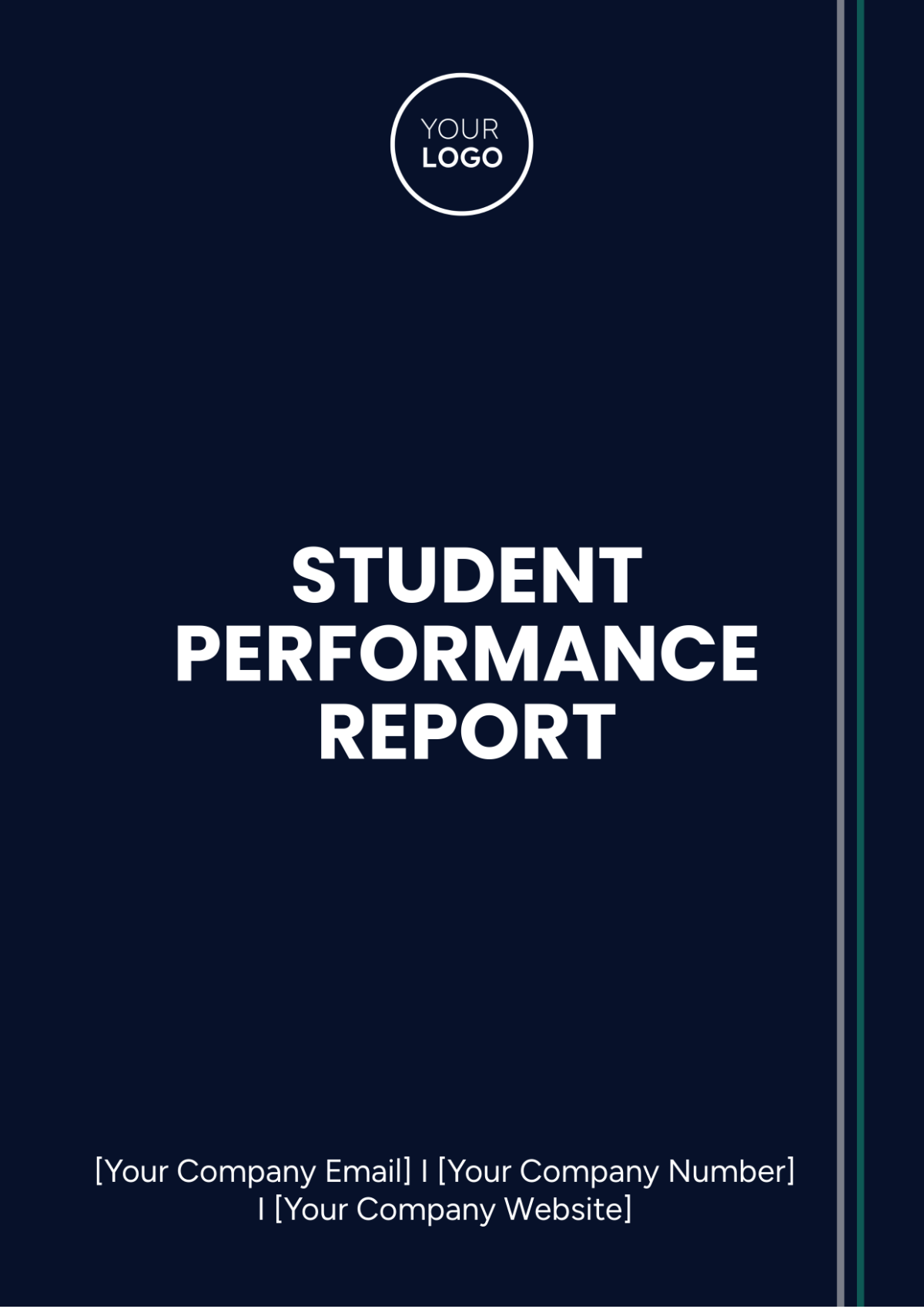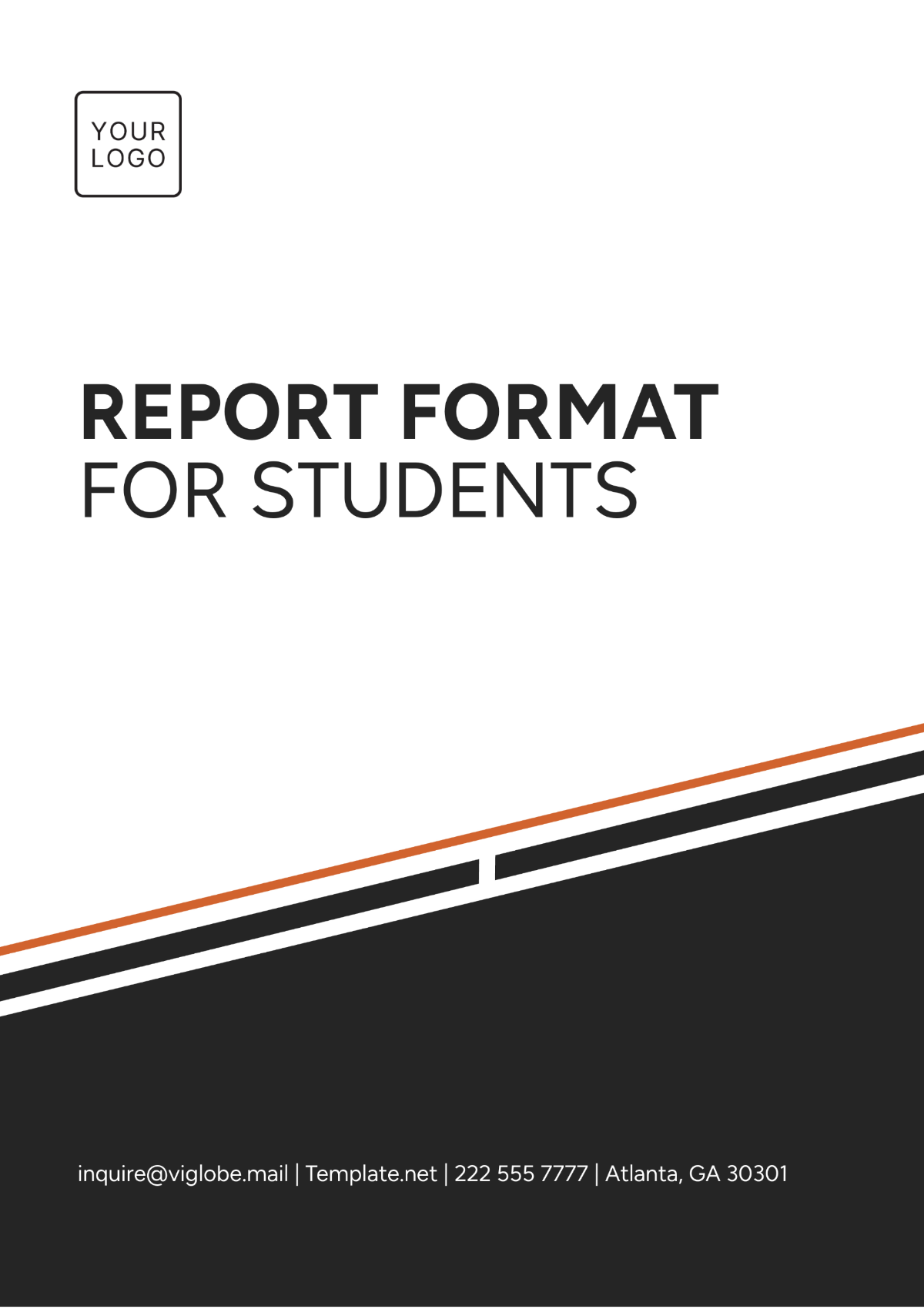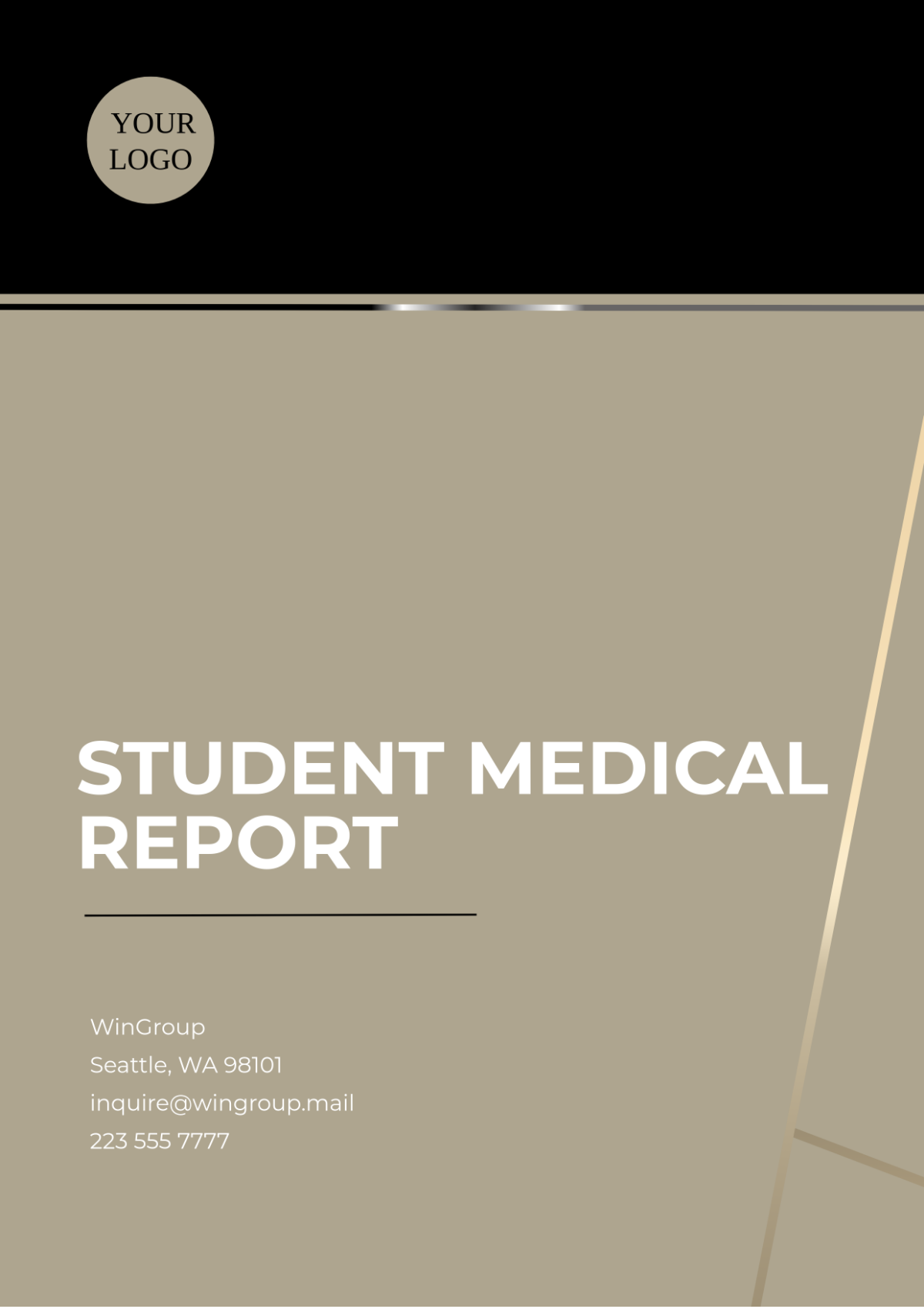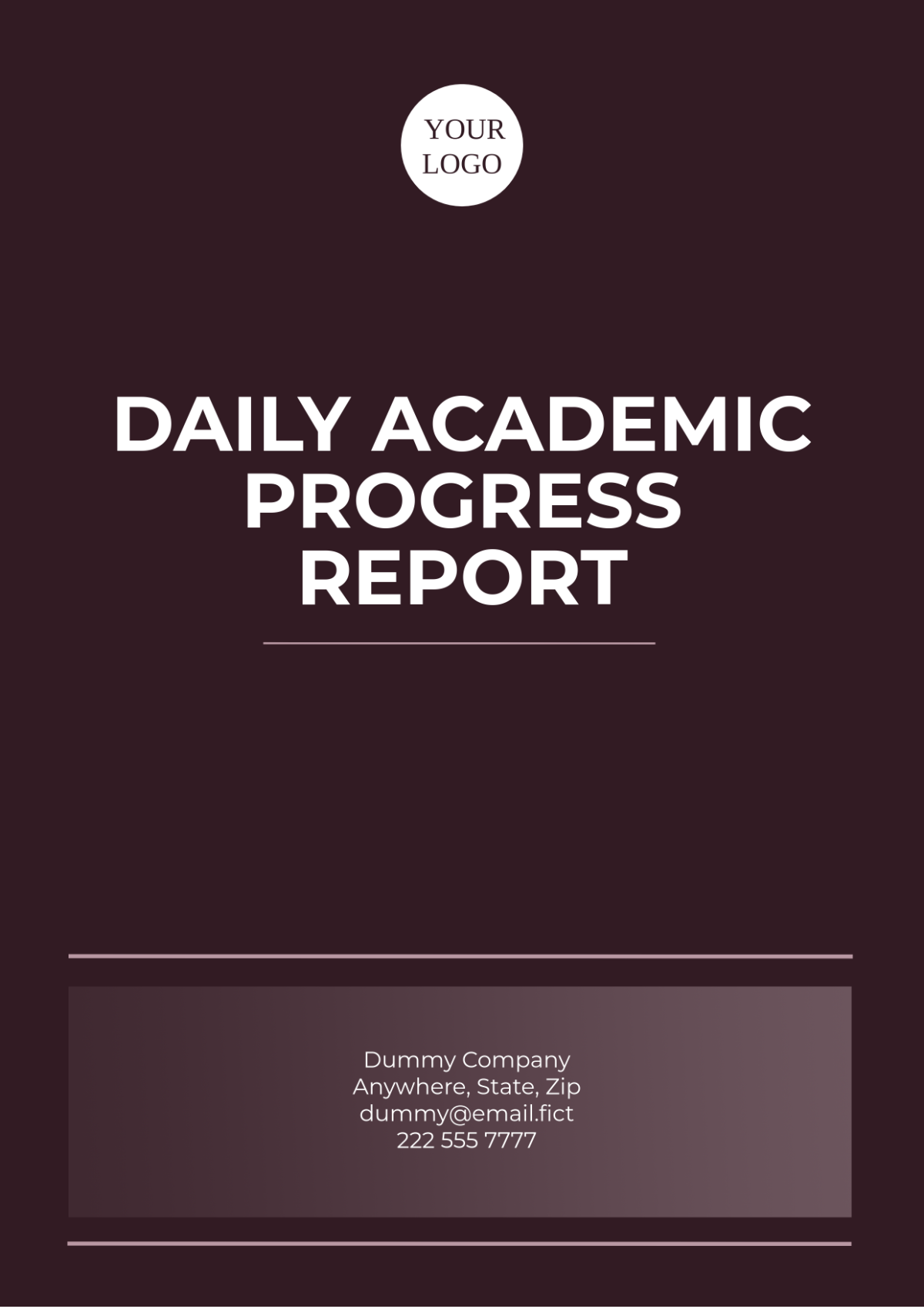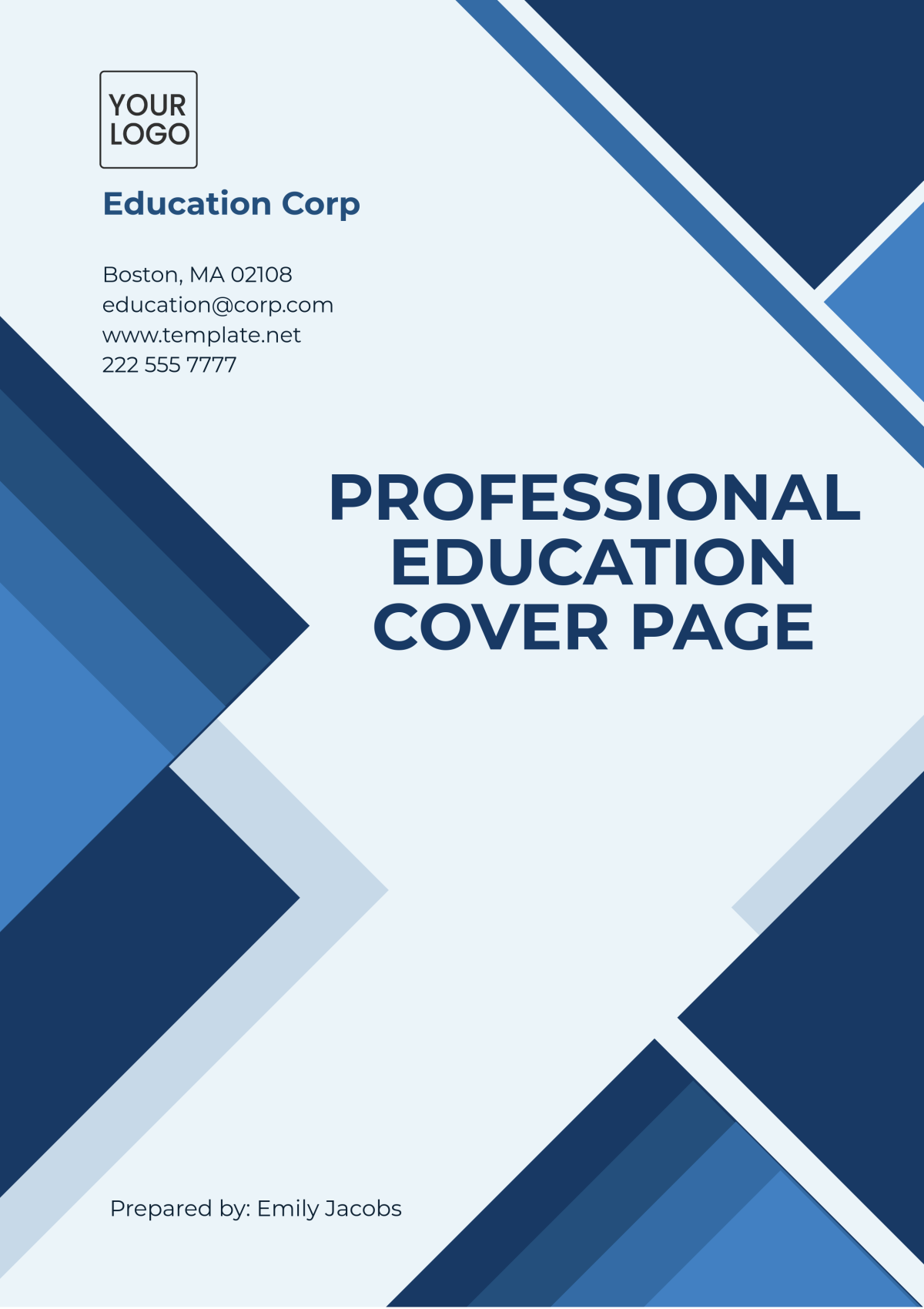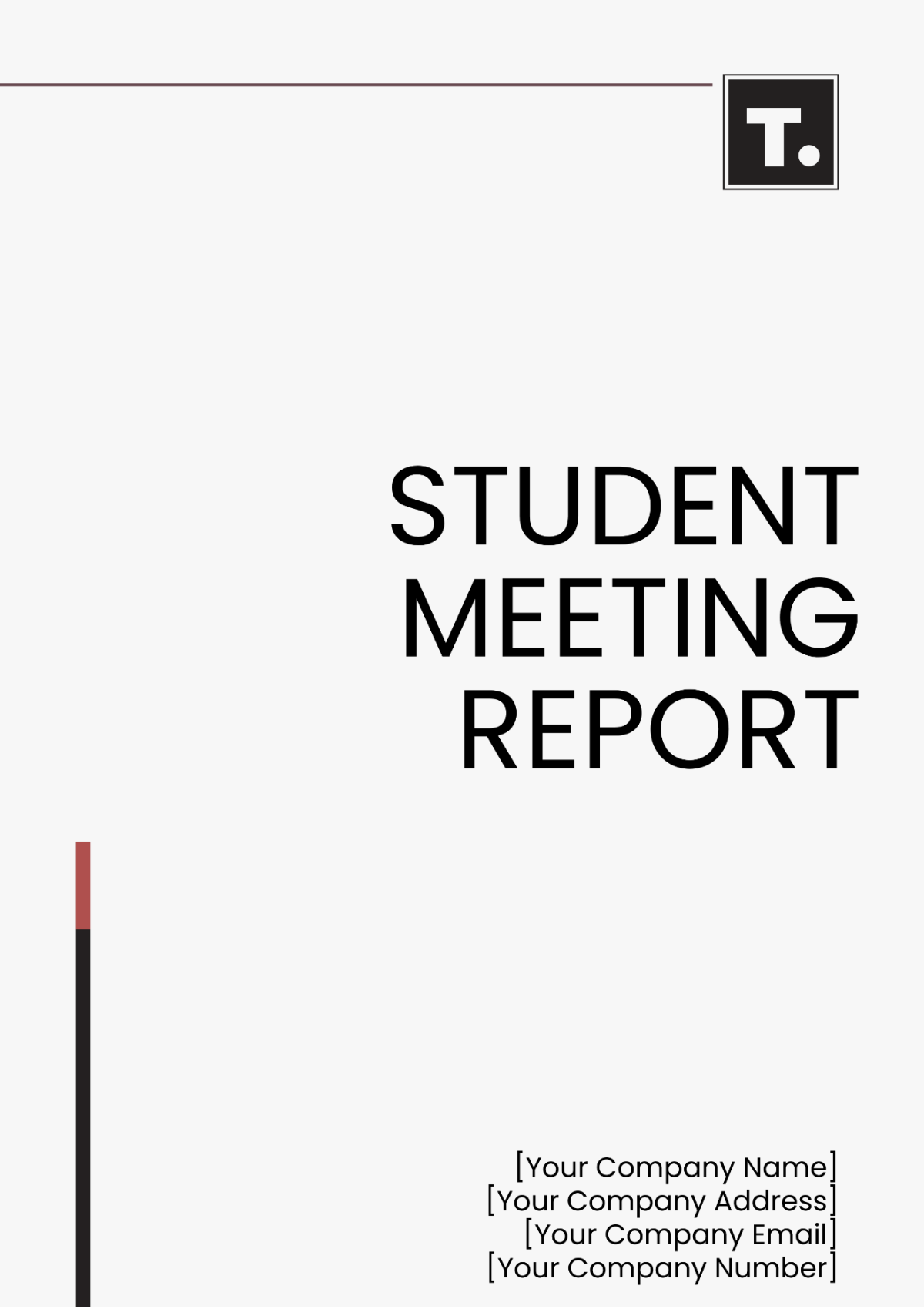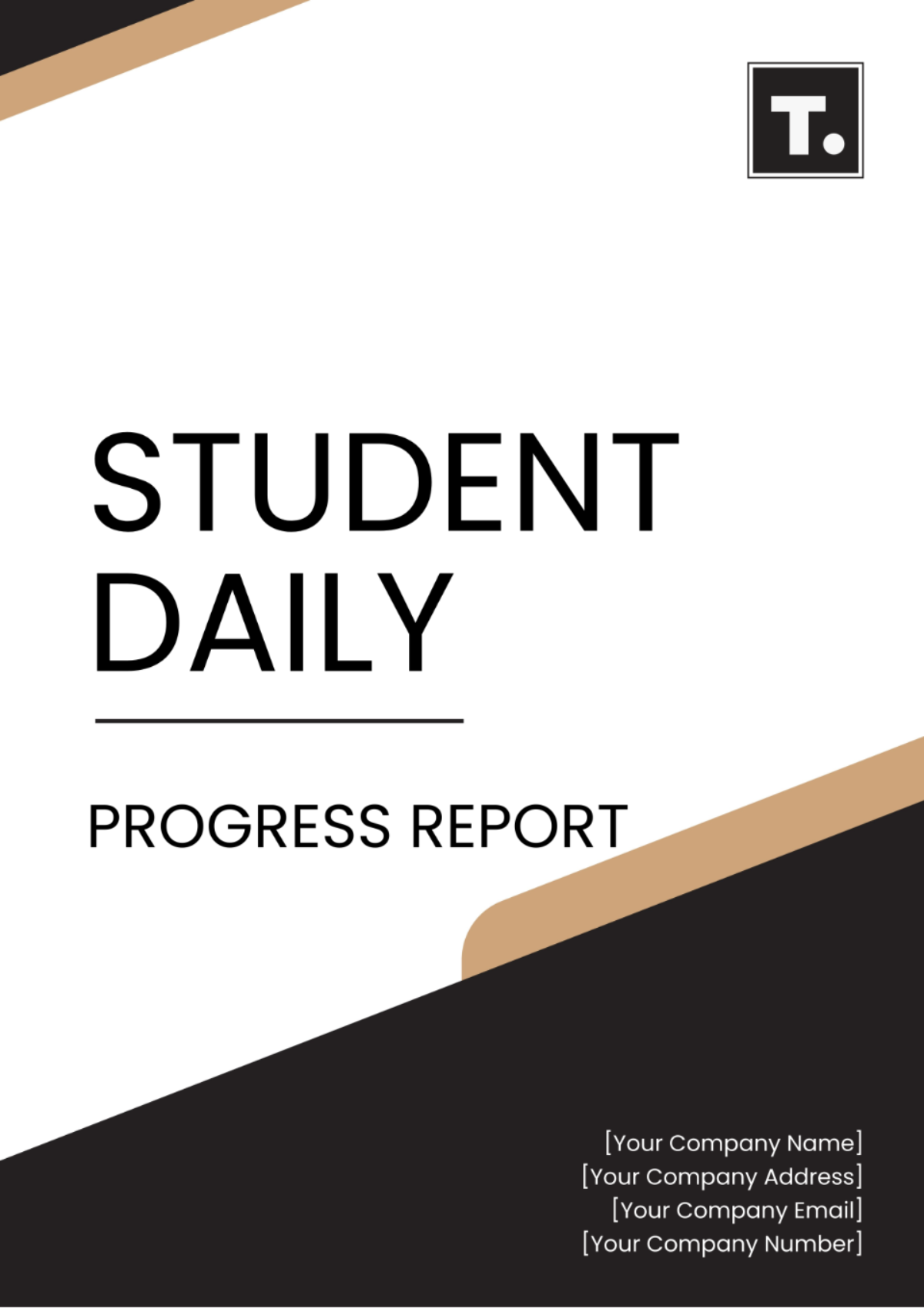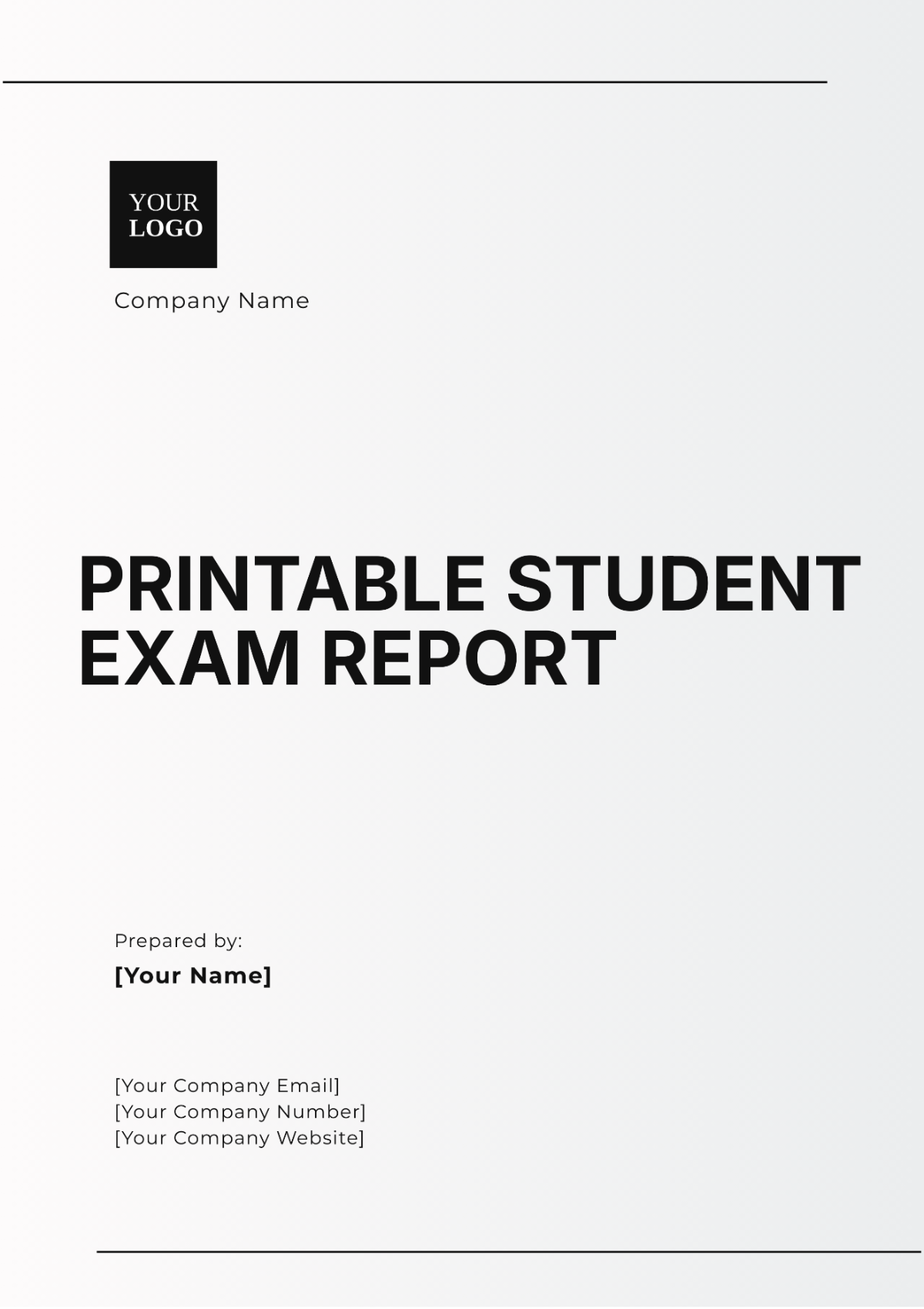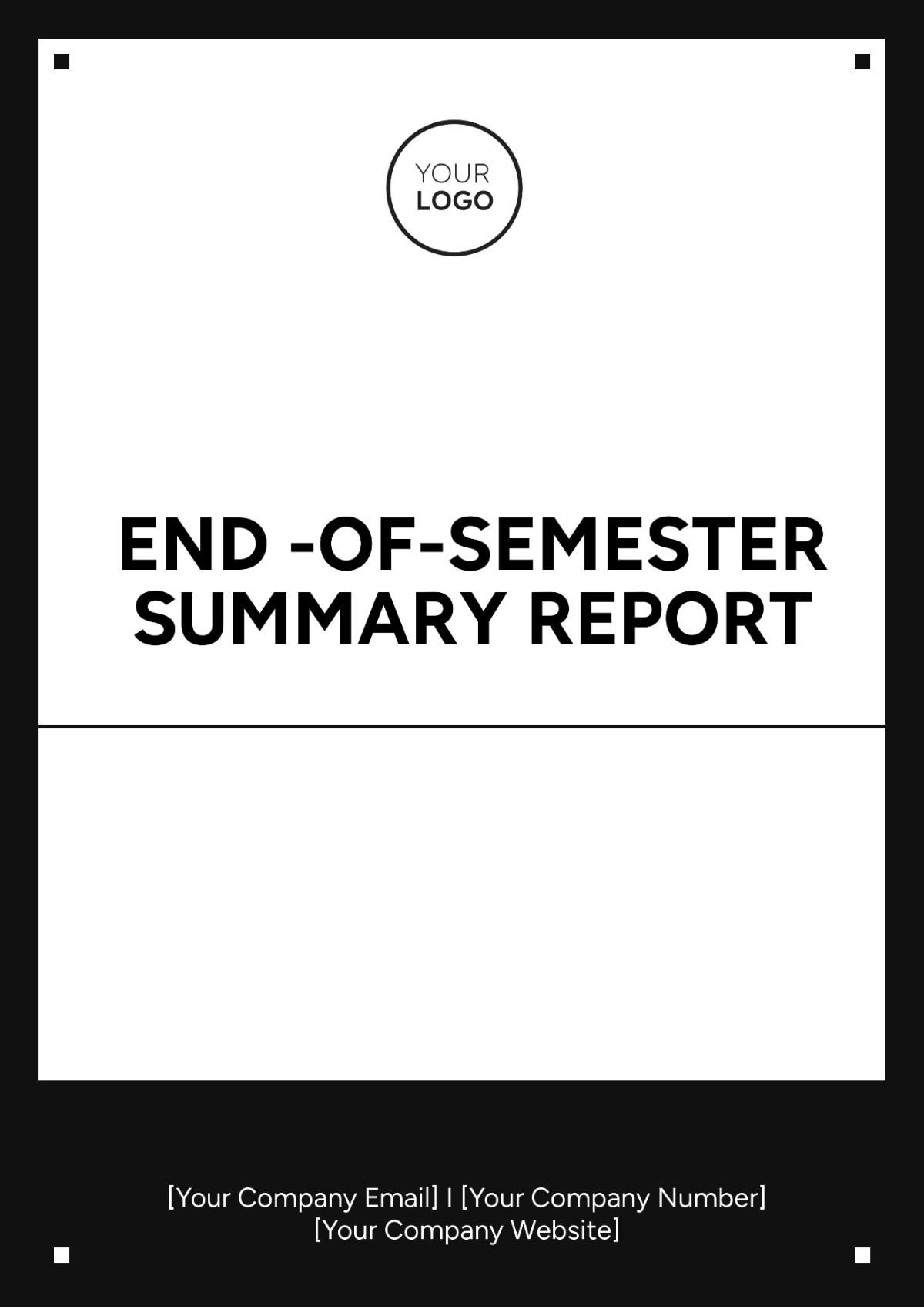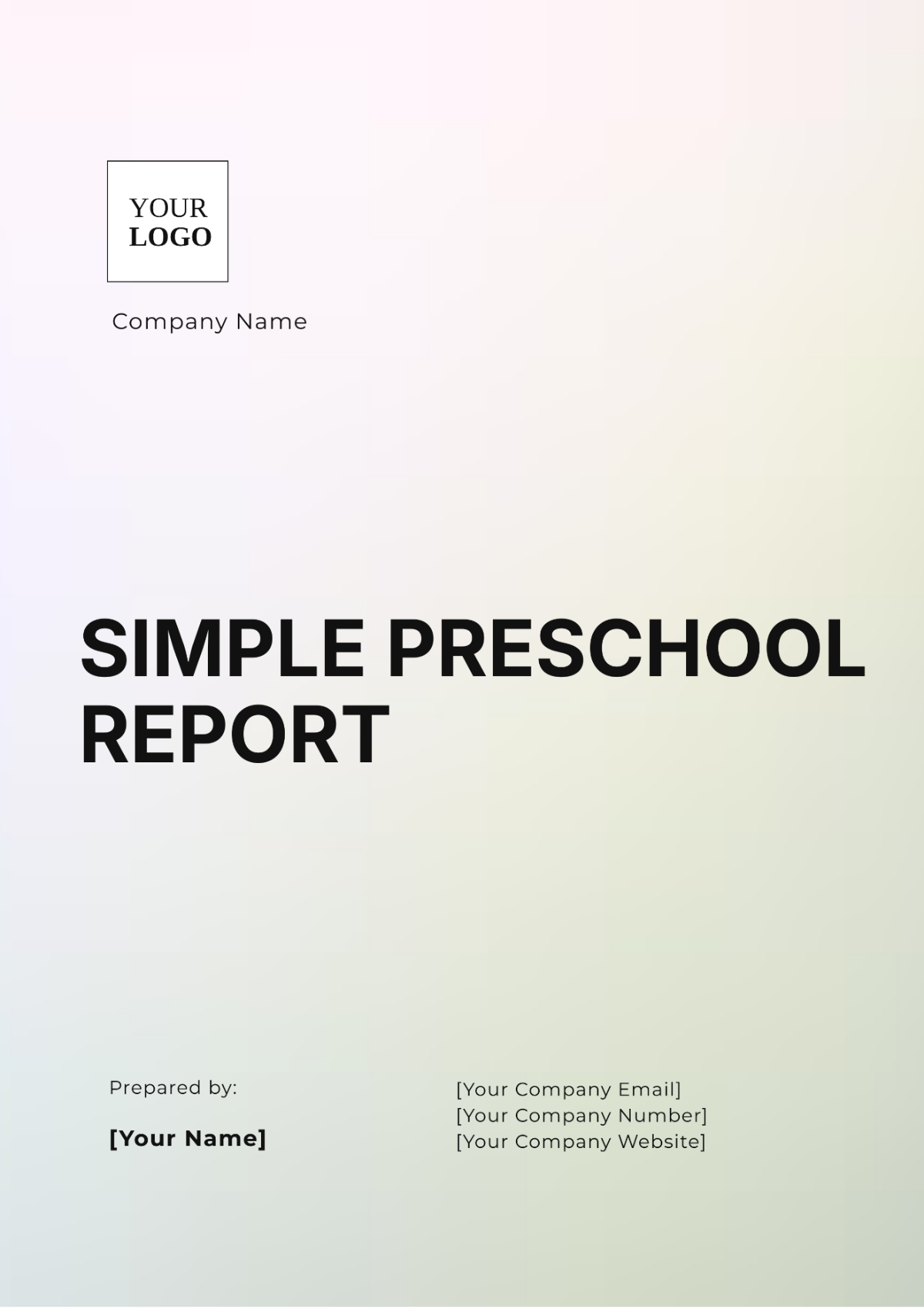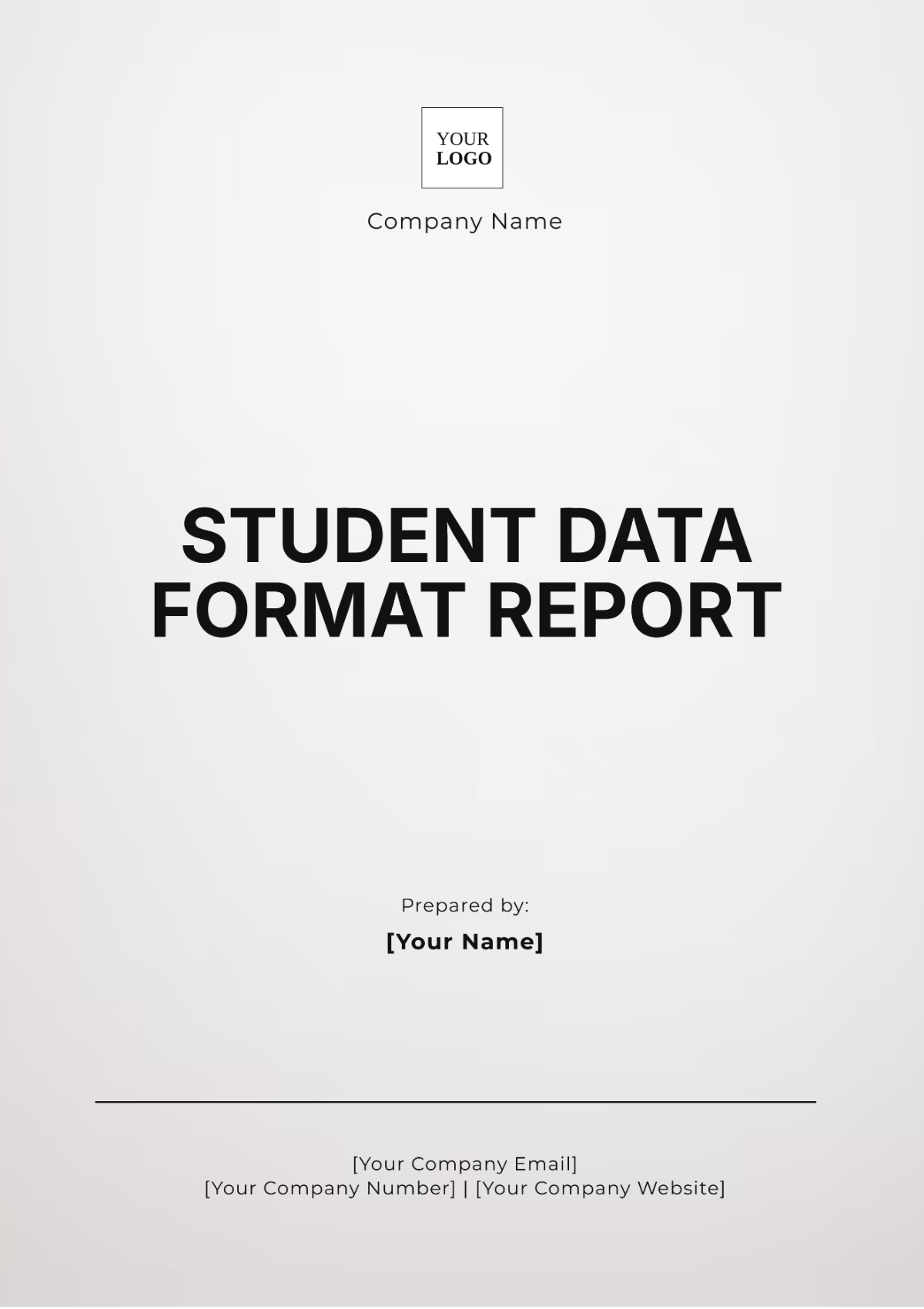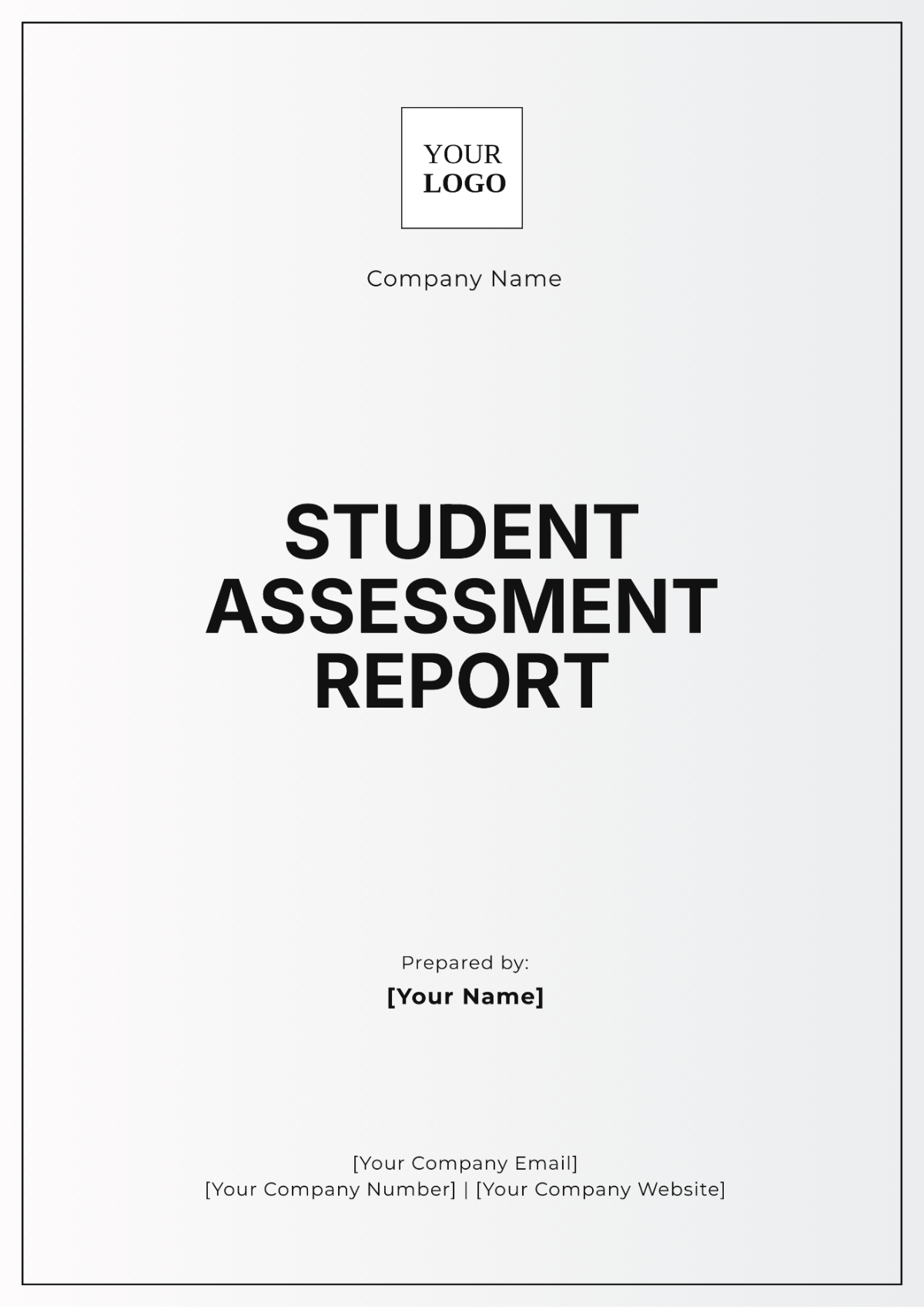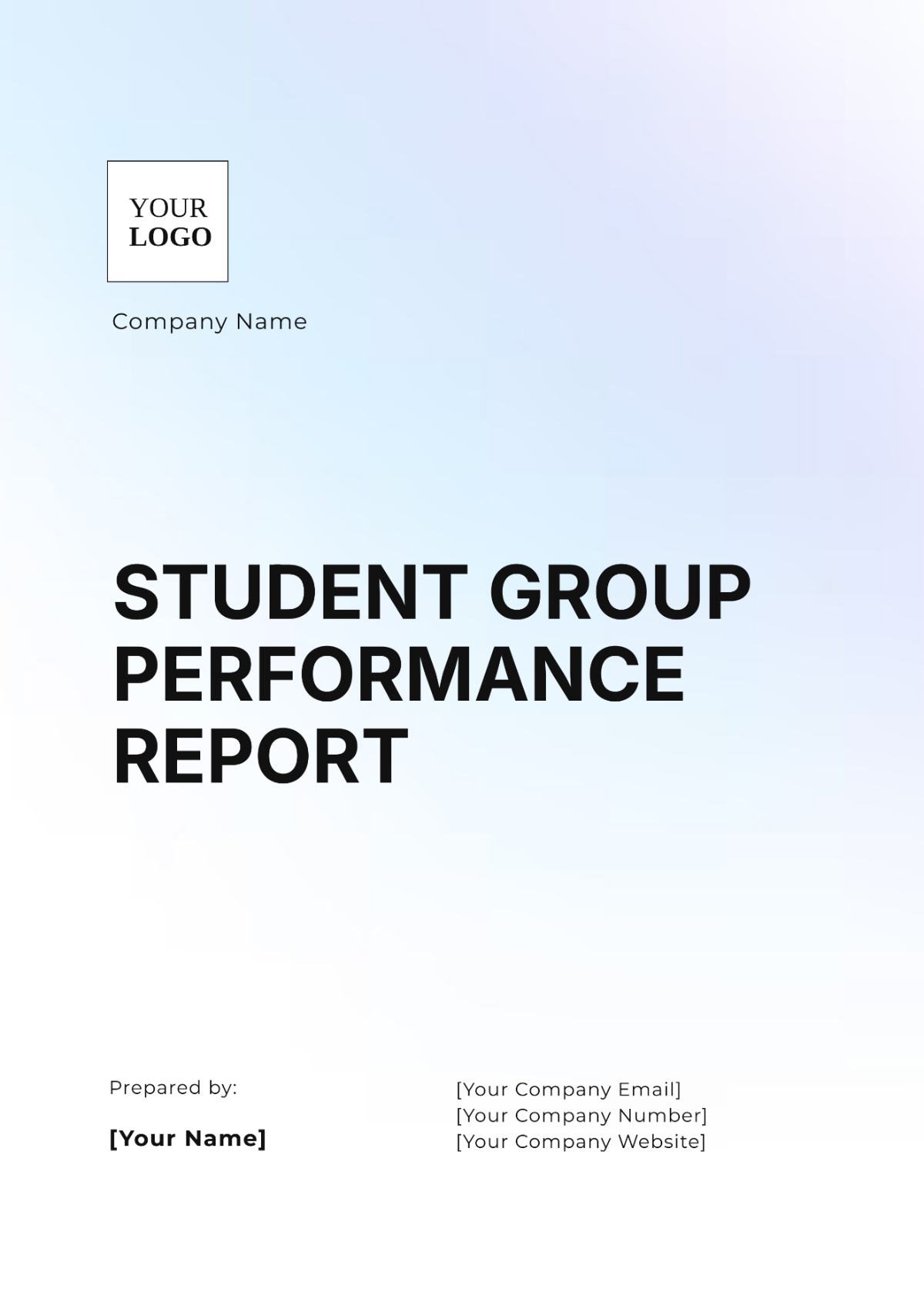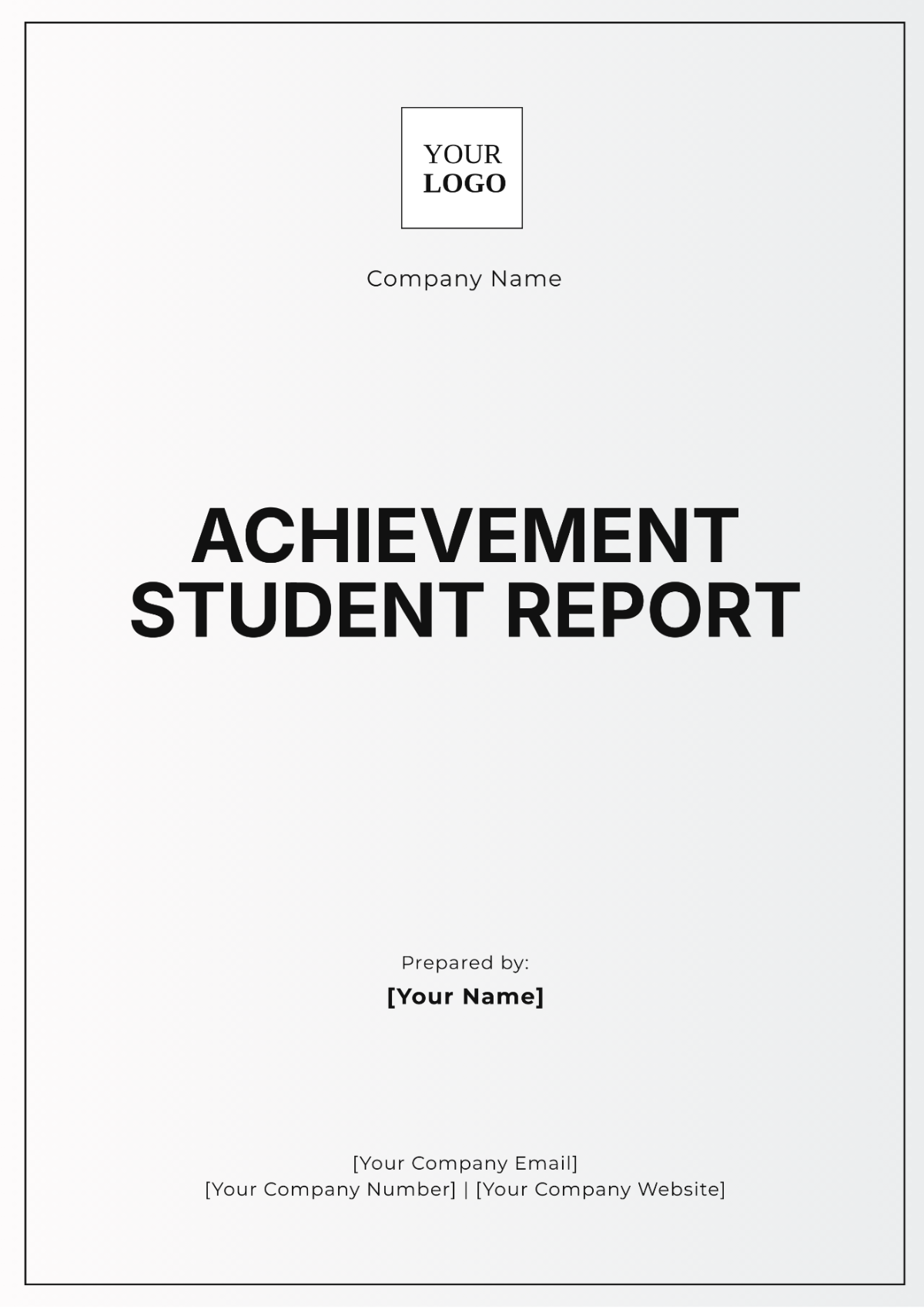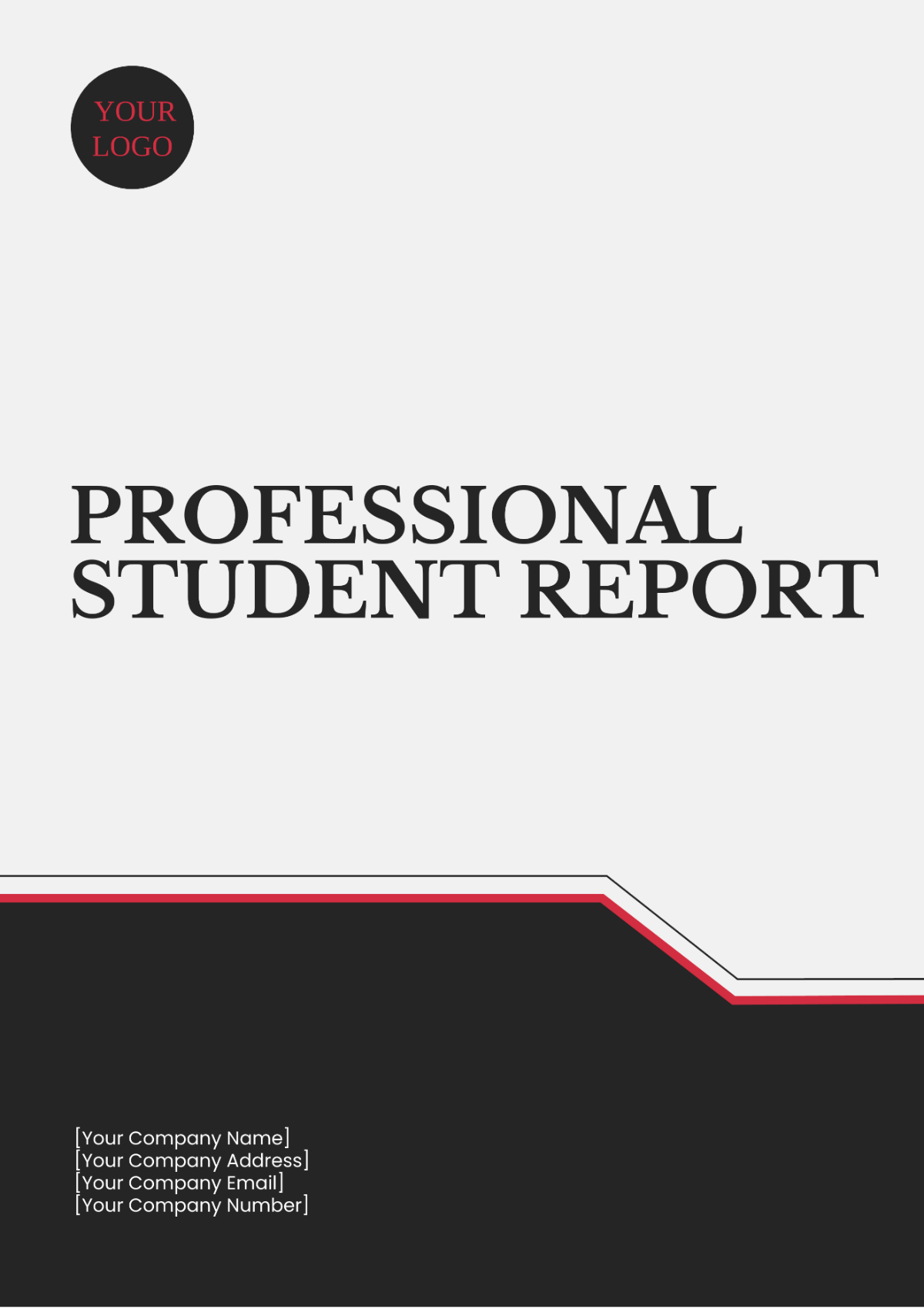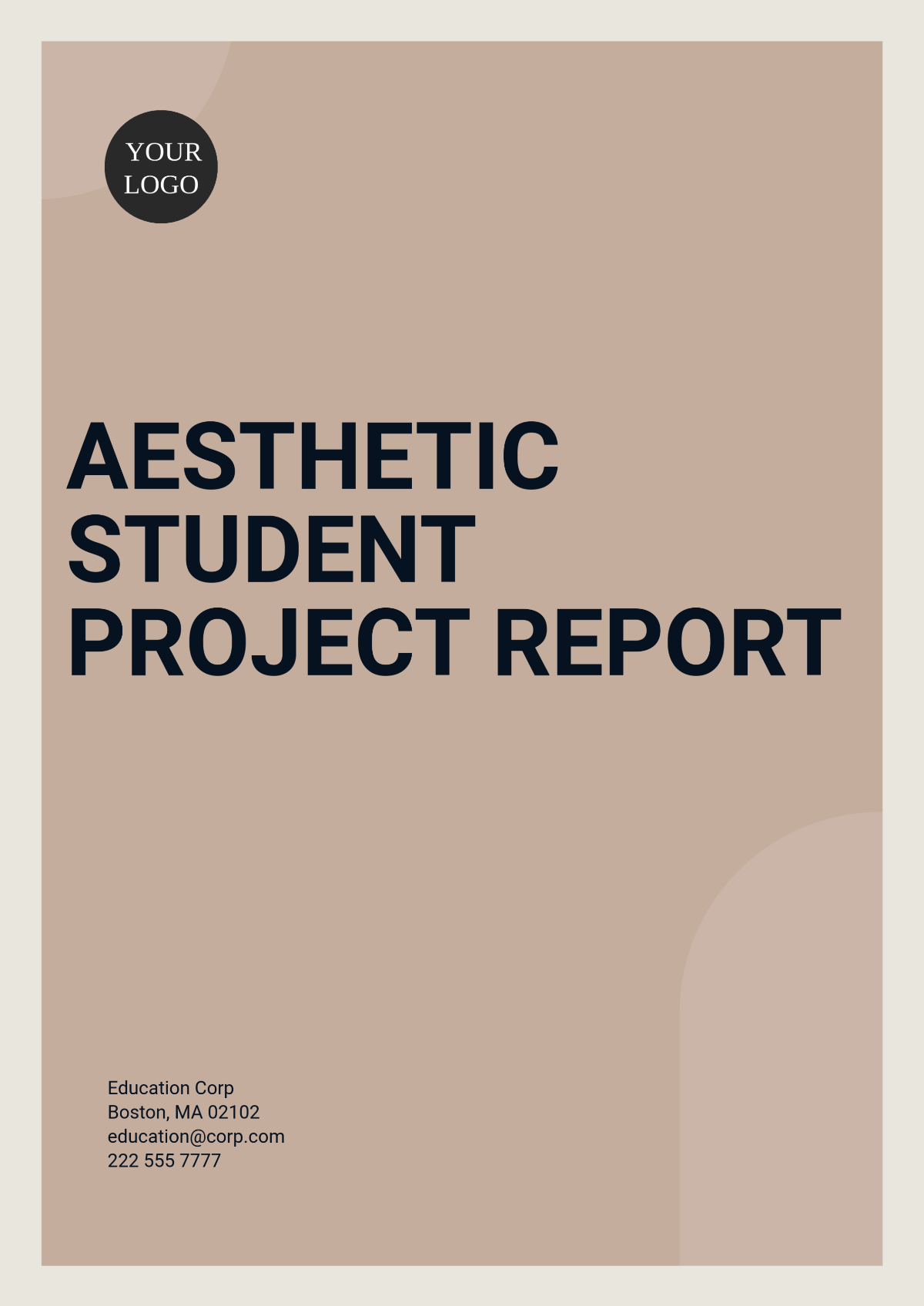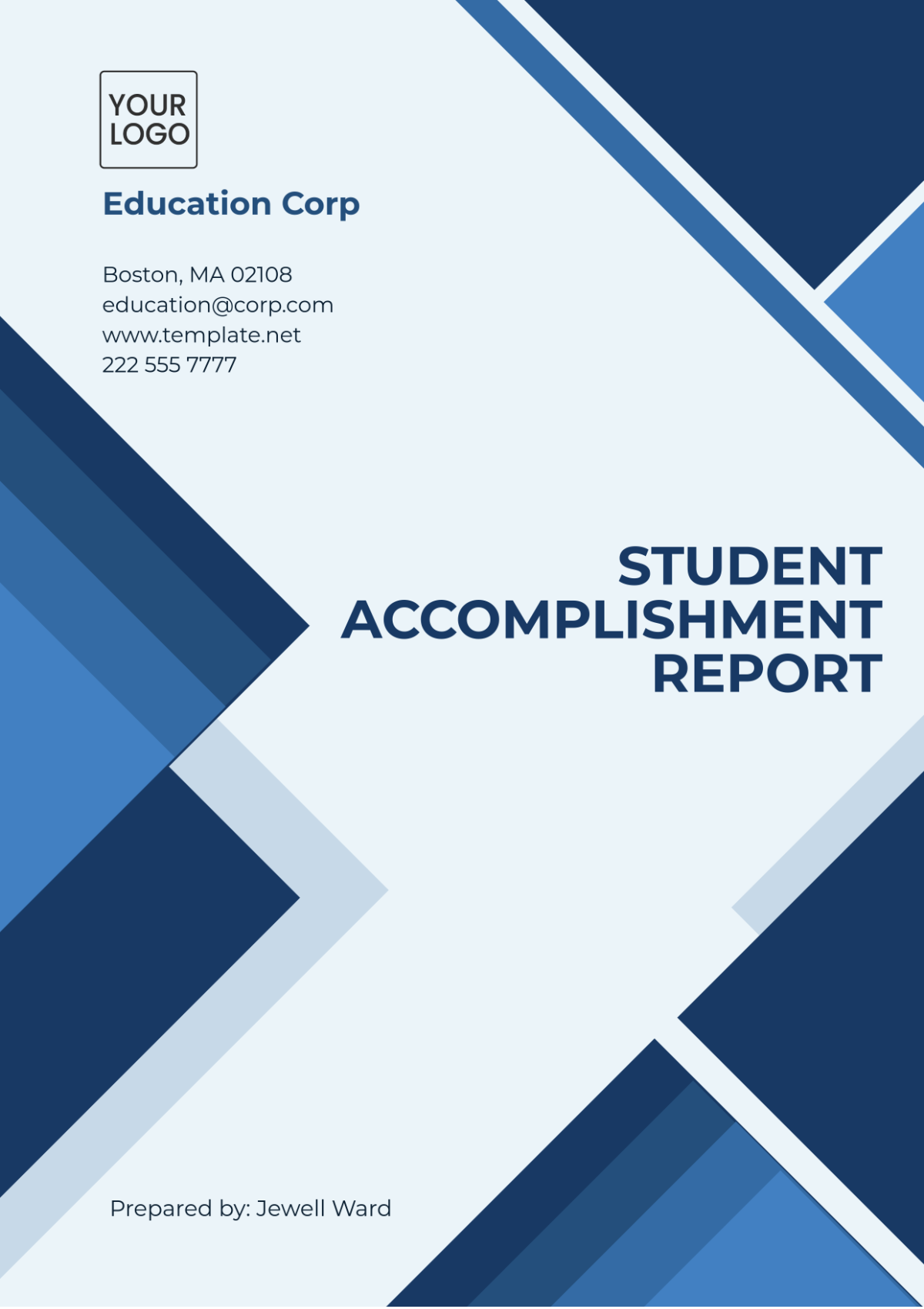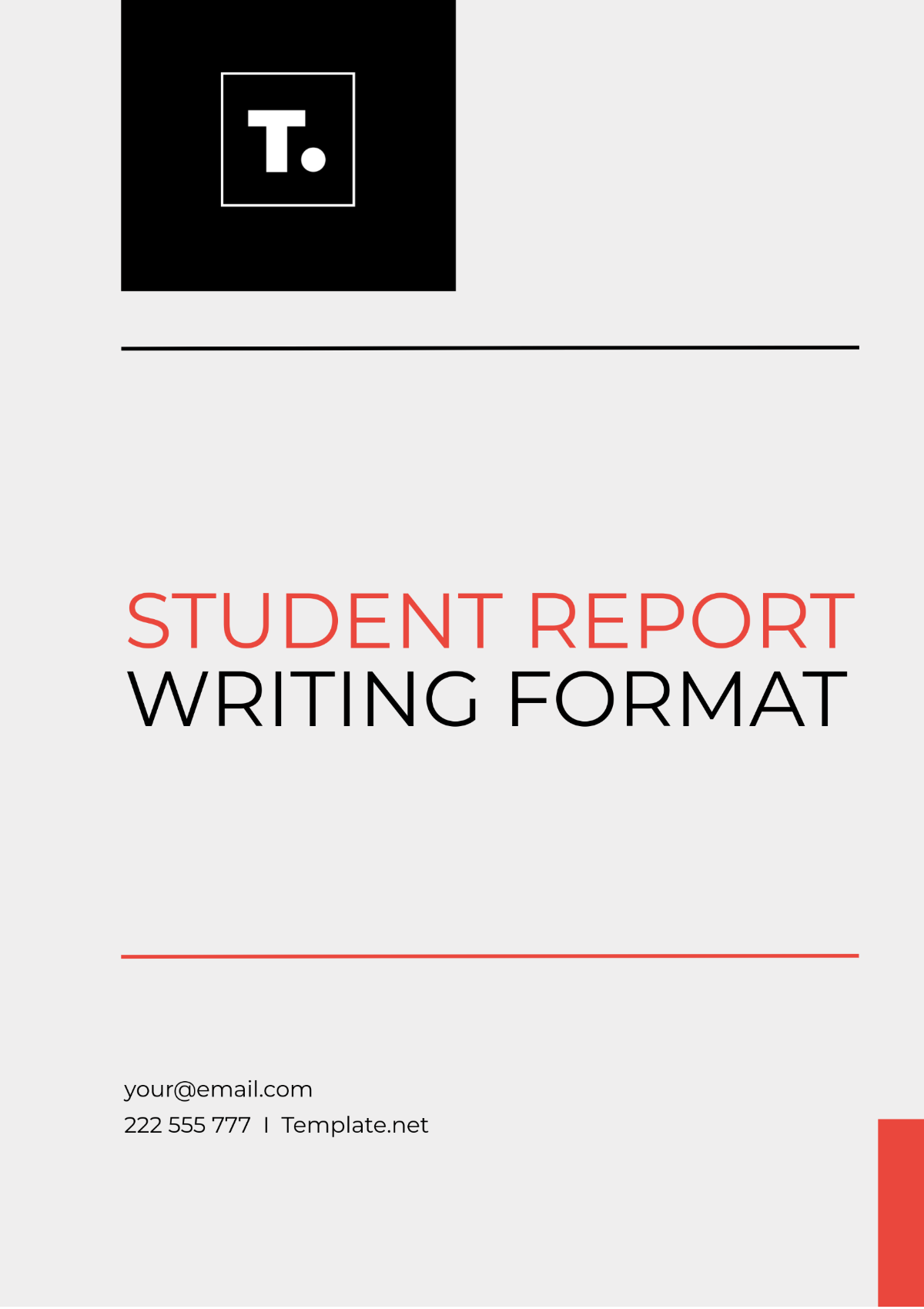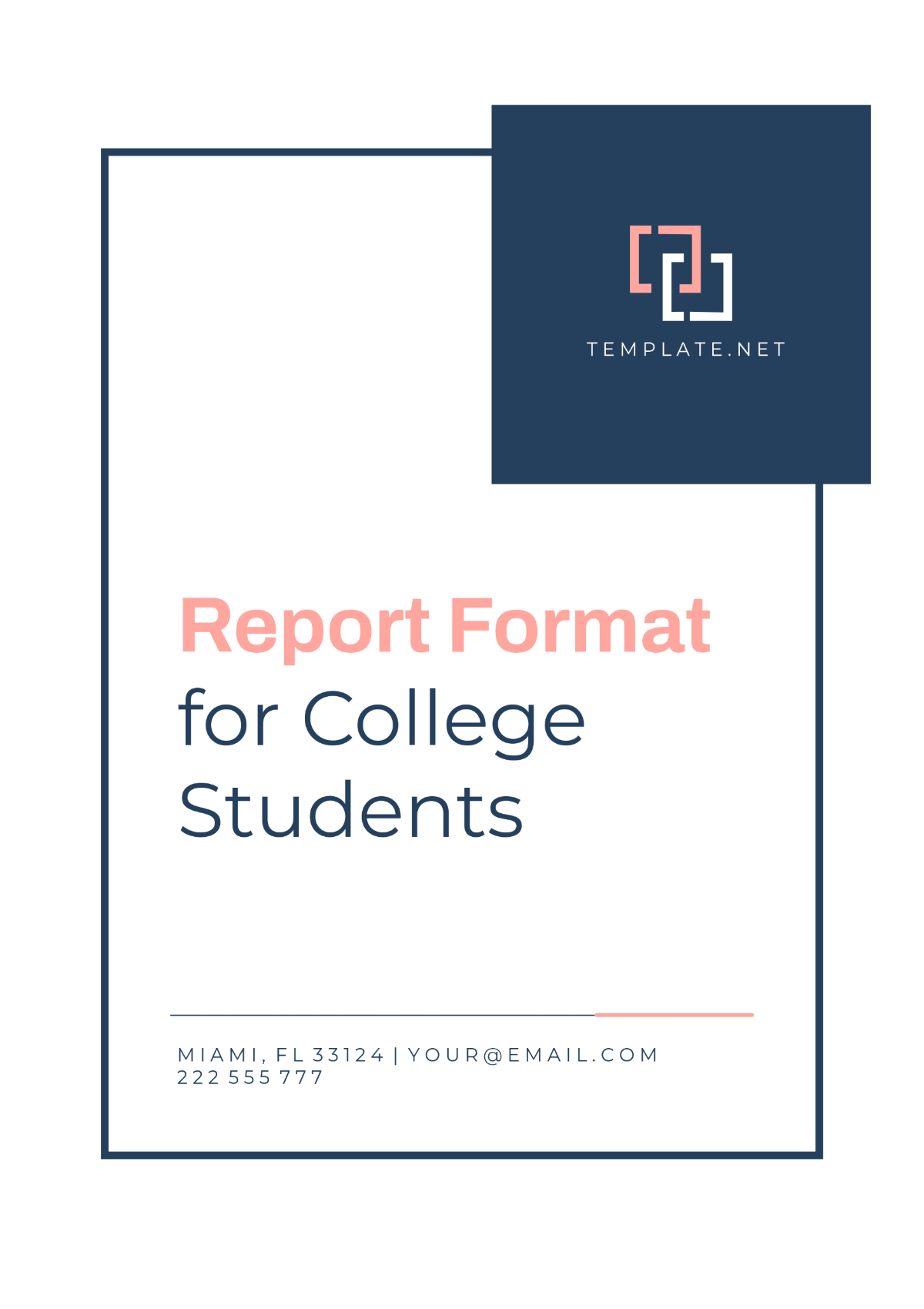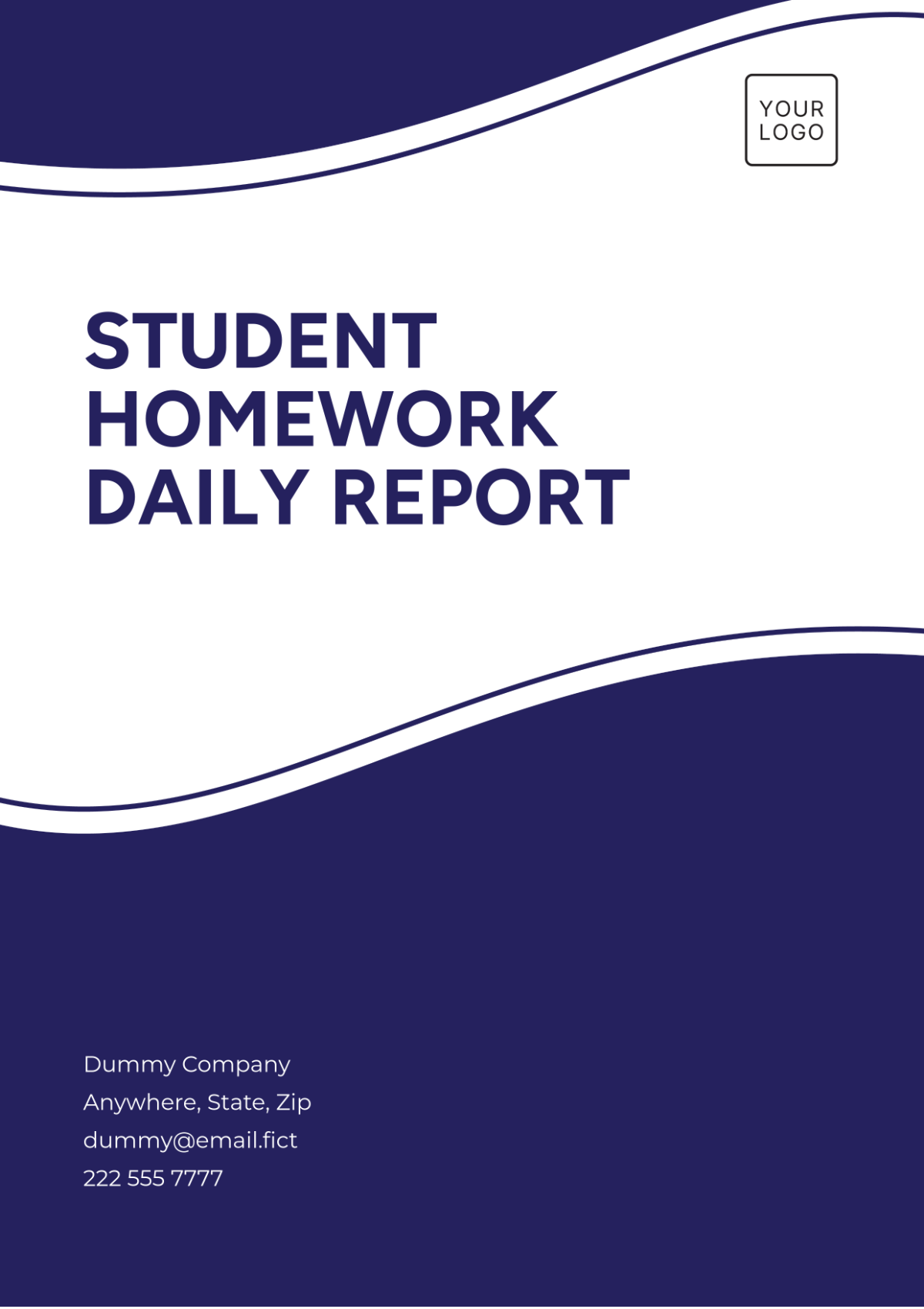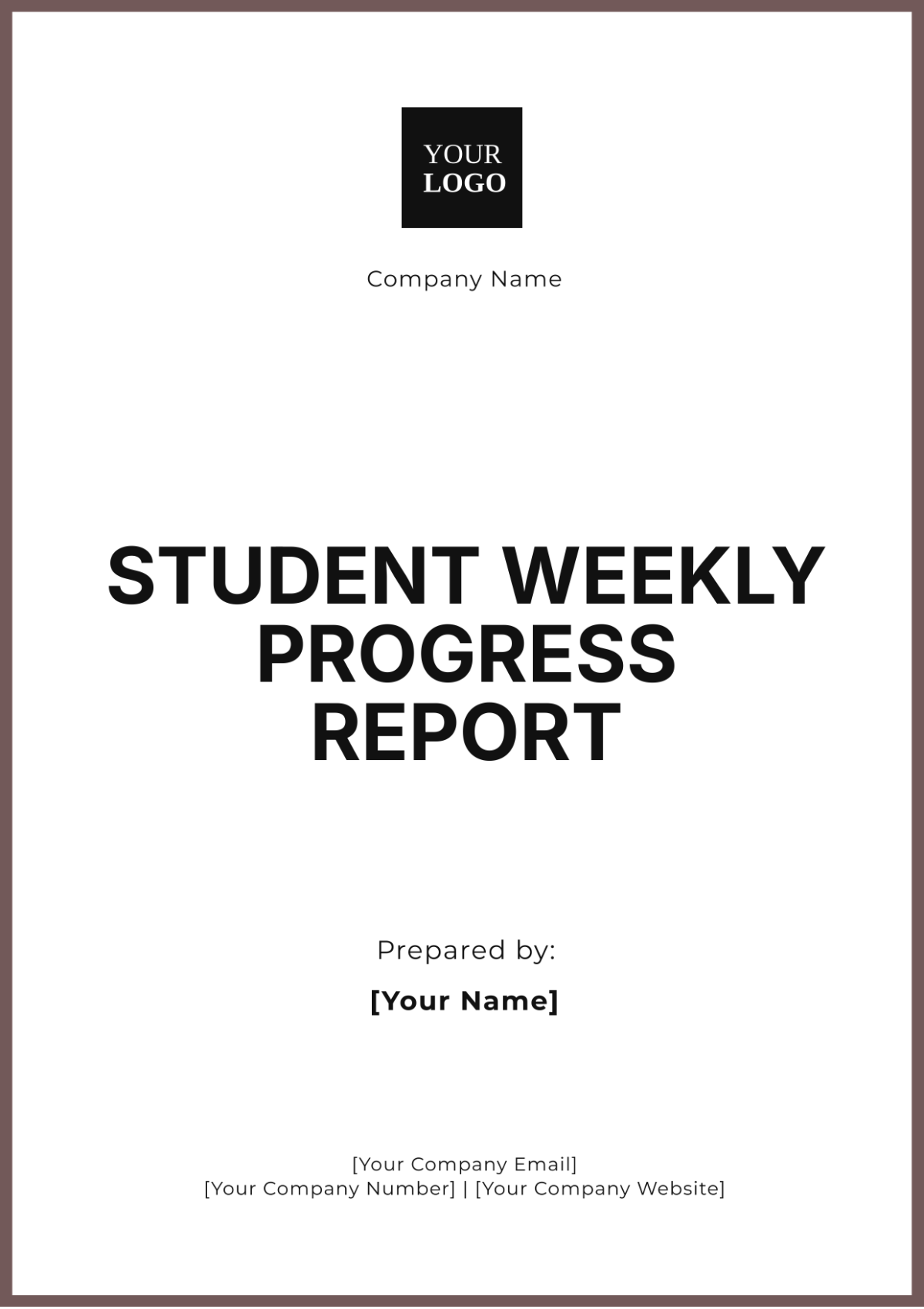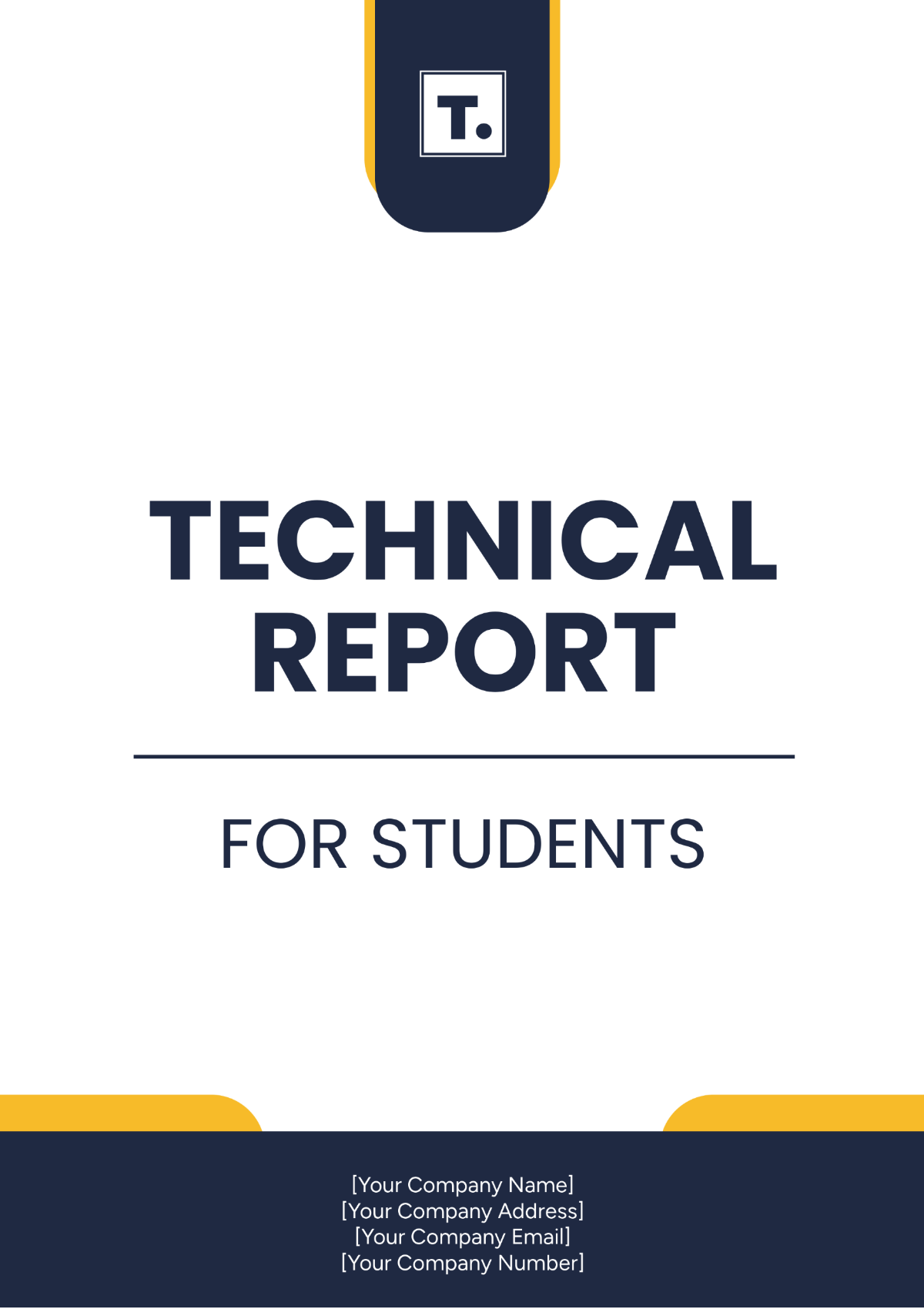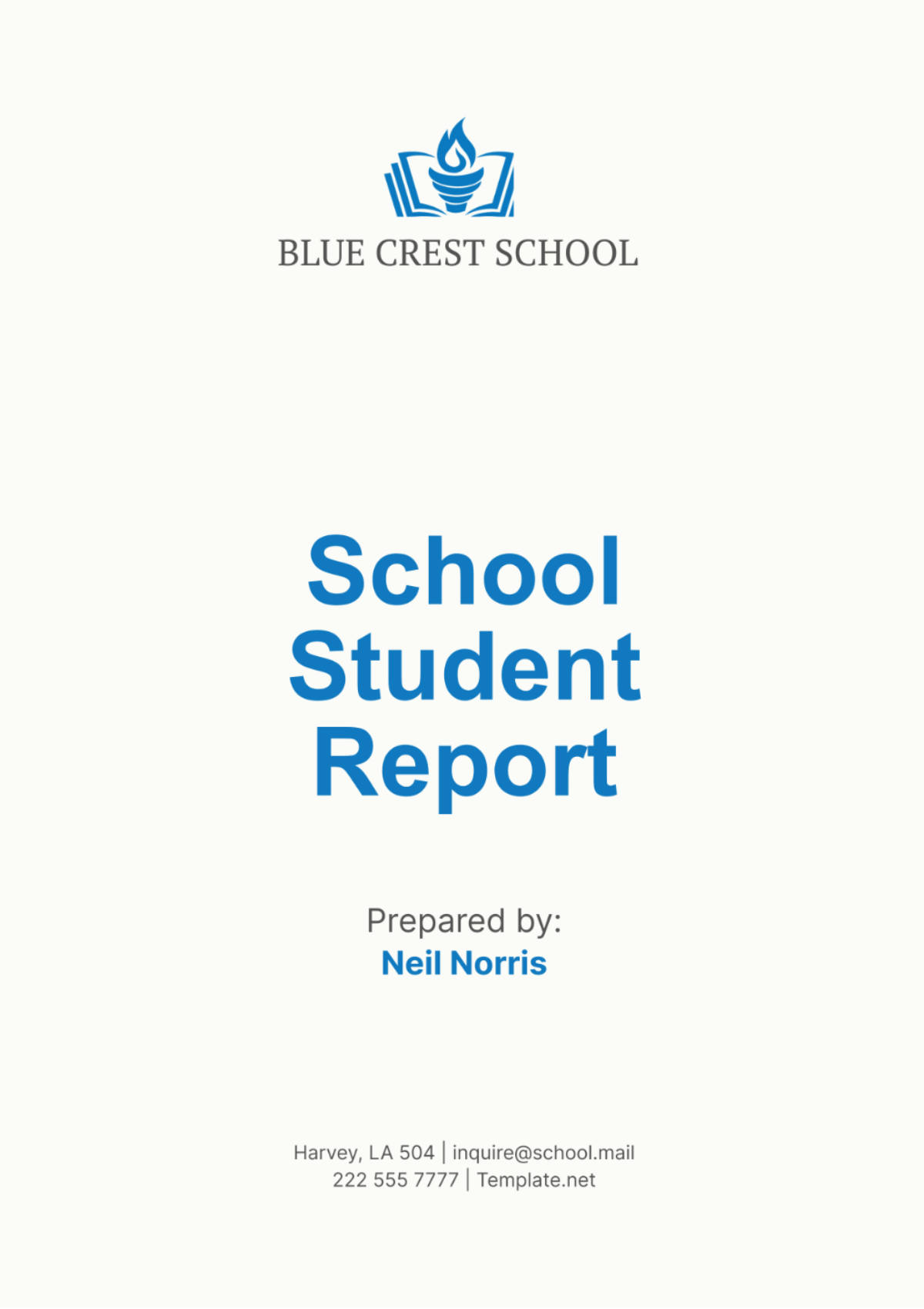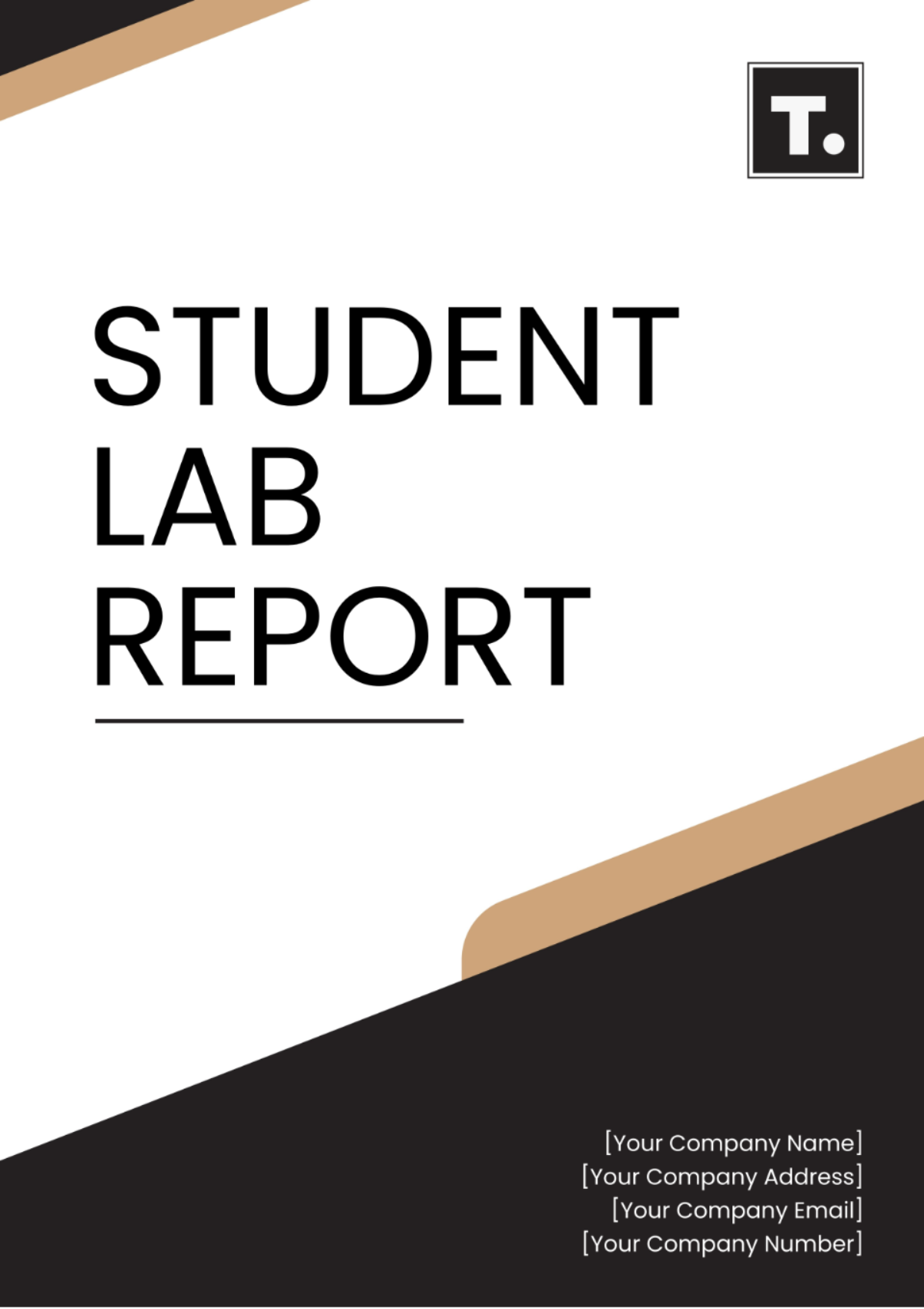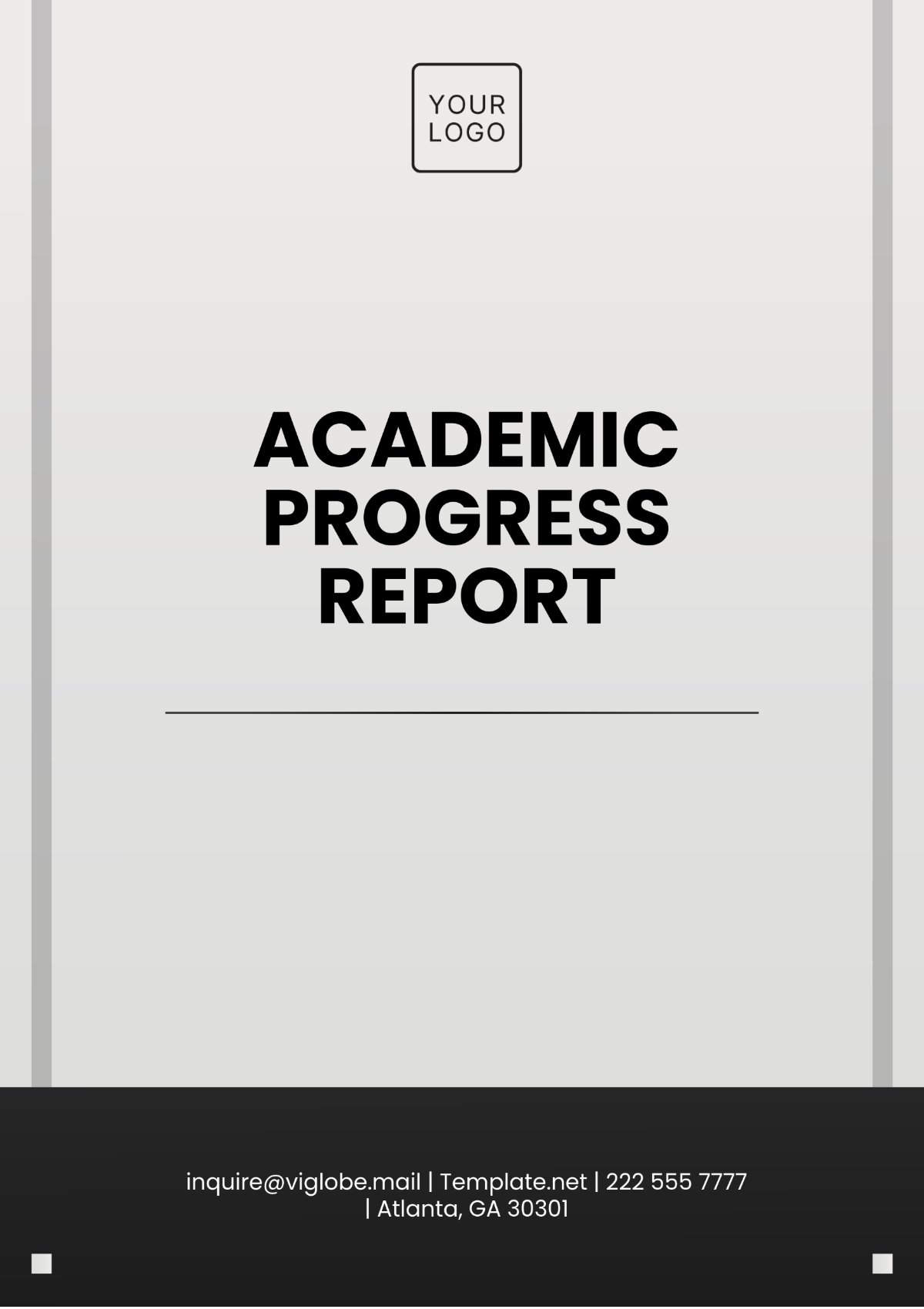Education Student Progress Report
I. Overview
This progress report offers a detailed assessment of student academic growth during the recent term. It evaluates performance through a range of indicators, including grades, class participation, and skill development. The report aims to provide a clear picture of each student’s achievements and challenges, highlighting areas where further support may be needed. By addressing these elements, the report seeks to guide future academic strategies and support the overall educational development of students, ensuring that they are on track to meet their educational goals.
1. Introduction
This progress report provides a comprehensive analysis of the academic development of students over the past term. It encompasses various performance indicators such as grades, participation, and skill acquisition. The primary objective is to evaluate progress and identify areas requiring additional focus.
2. Objectives
The key objectives of this report include:
Assessing academic performance across subjects
Identifying strengths and areas for improvement
Providing recommendations for future academic planning
II. Academic Performance
This section provides a detailed examination of student academic performance through a comprehensive analysis of grades and participation levels. The grade analysis offers insights into students' achievements across various subjects, highlighting average, highest, and lowest grades. Additionally, the evaluation of student participation and engagement sheds light on their involvement in both classroom activities and extracurricular pursuits. By reviewing these aspects, we aim to present a holistic view of student performance, identifying patterns and areas that may need targeted intervention to enhance overall academic success.
1. Grade Analysis
The students' grades have been evaluated based on their performance in various subjects. The table below presents the distribution of grades in different subjects:
Subject | Average Grade | Highest Grade | Lowest Grade |
|---|---|---|---|
Mathematics | B | A | C |
Science | B+ | A | C+ |
English | B- | A- | D+ |
2. Participation and Engagement
The participation and engagement of students in classroom activities and extracurriculars significantly impact their overall development. The analysis of participation levels is summarized below:
High Participation: | 40% of students actively engage in classroom discussions. |
Moderate Participation: | 30% of students participate occasionally. |
Low Participation: | 30% of students show minimal engagement. |
III. Skill Development
Understanding the evolution of cognitive and social skills is key to evaluating students' overall progress. Cognitive skills, including critical thinking, problem-solving, and writing, are assessed to identify strengths and areas needing improvement. Similarly, social skills, such as collaboration, communication, and empathy, are reviewed to gauge students' ability to interact effectively and contribute positively to their learning environment. By focusing on these dimensions, we aim to provide a thorough analysis of how students are developing essential skills that support both their academic success and personal growth.
1. Cognitive Skills
Cognitive skill development is crucial for academic success. The following areas were assessed:
Critical Thinking: Most students demonstrate strong critical thinking abilities, particularly in Science.
Problem Solving: There is noticeable improvement in problem-solving skills in Mathematics.
Writing Skills: English writing skills require enhancement, with a focus on grammar and structure.
2. Social Skills
Social skills play a vital role in a student's holistic development. The progress in social skill areas is noted below:
Collaboration: Students effectively collaborate in group projects and activities.
Communication: Oral communication has improved, yet some students need to work on public speaking.
Empathy: Empathy towards peers has increased, fostering a supportive classroom environment.
IV. Recommendations
To support continued student growth and address identified areas for improvement, targeted strategies are essential. For academic enhancement, recommendations include introducing extra tutoring for subjects where grades are lower, fostering peer study groups, and utilizing interactive learning tools to boost engagement. To improve student participation, integrating more hands-on activities into the curriculum, offering positive reinforcement, and organizing debates and discussions can help create a more dynamic and inclusive classroom environment. These recommendations aim to build on current achievements and address challenges, promoting a more effective and engaging educational experience for all students.
1. Academic Improvement Strategies
To enhance academic performance, the following strategies are recommended:
Implement additional tutoring sessions for subjects with lower average grades.
Encourage peer study groups to facilitate collaborative learning.
Integrate interactive learning tools to make lessons more engaging.
2. Enhancing Participation
In order to increase student participation, the following initiatives should be considered:
Incorporate more interactive and hands-on activities in the curriculum.
Provide positive reinforcement to students who actively participate.
Organize classroom debates and discussions to stimulate interest.
V. Conclusion
The progress report offers a comprehensive overview of students' academic development throughout the term, reflecting both their achievements and areas in need of improvement. Significant strides have been made in various subjects and skill areas, demonstrating the effectiveness of current teaching methods and student efforts. However, the report also identifies specific areas where students face challenges, including lower performance in certain subjects and varying levels of classroom engagement. Recognizing these areas is crucial for tailoring our approach to meet individual and collective needs more effectively.
To address the identified challenges and further support student growth, the implementation of the recommended strategies is essential. By introducing additional tutoring, encouraging collaborative learning, and integrating interactive tools, we aim to boost academic performance. Enhancing student participation through more dynamic classroom activities and positive reinforcement will help create a more engaging learning environment. These measures are designed to build on existing progress and ensure that every student has the opportunity to excel. Through these targeted interventions, we aspire to foster an environment that supports continuous academic and personal development, ultimately contributing to the overall success of our students.
